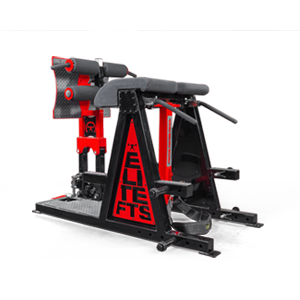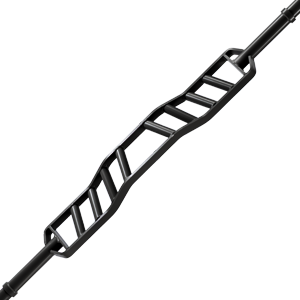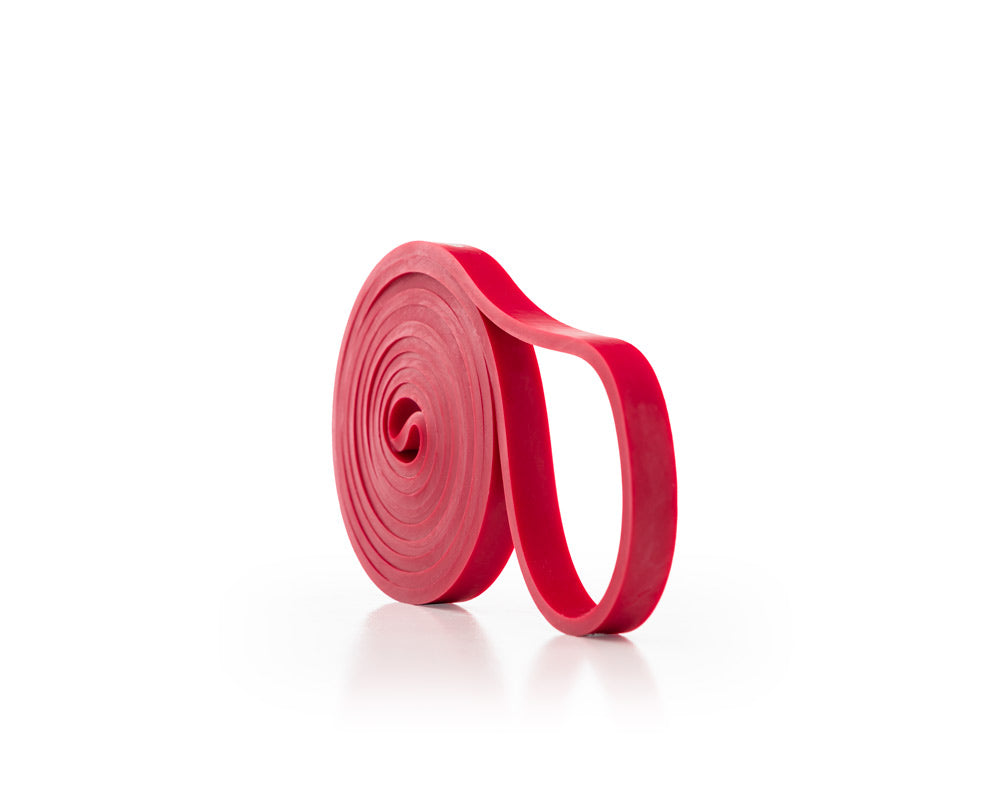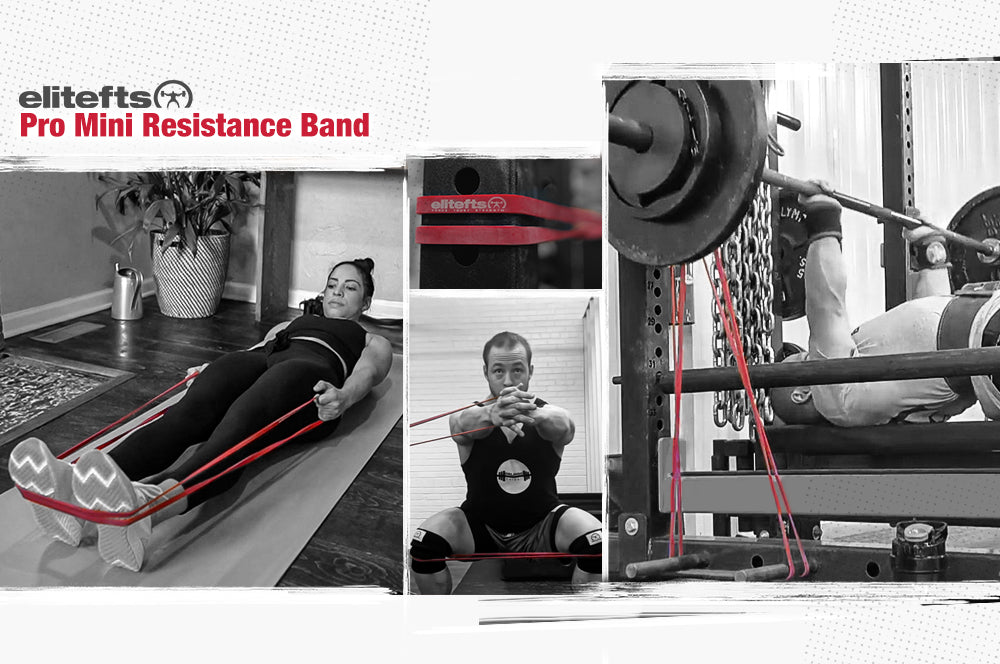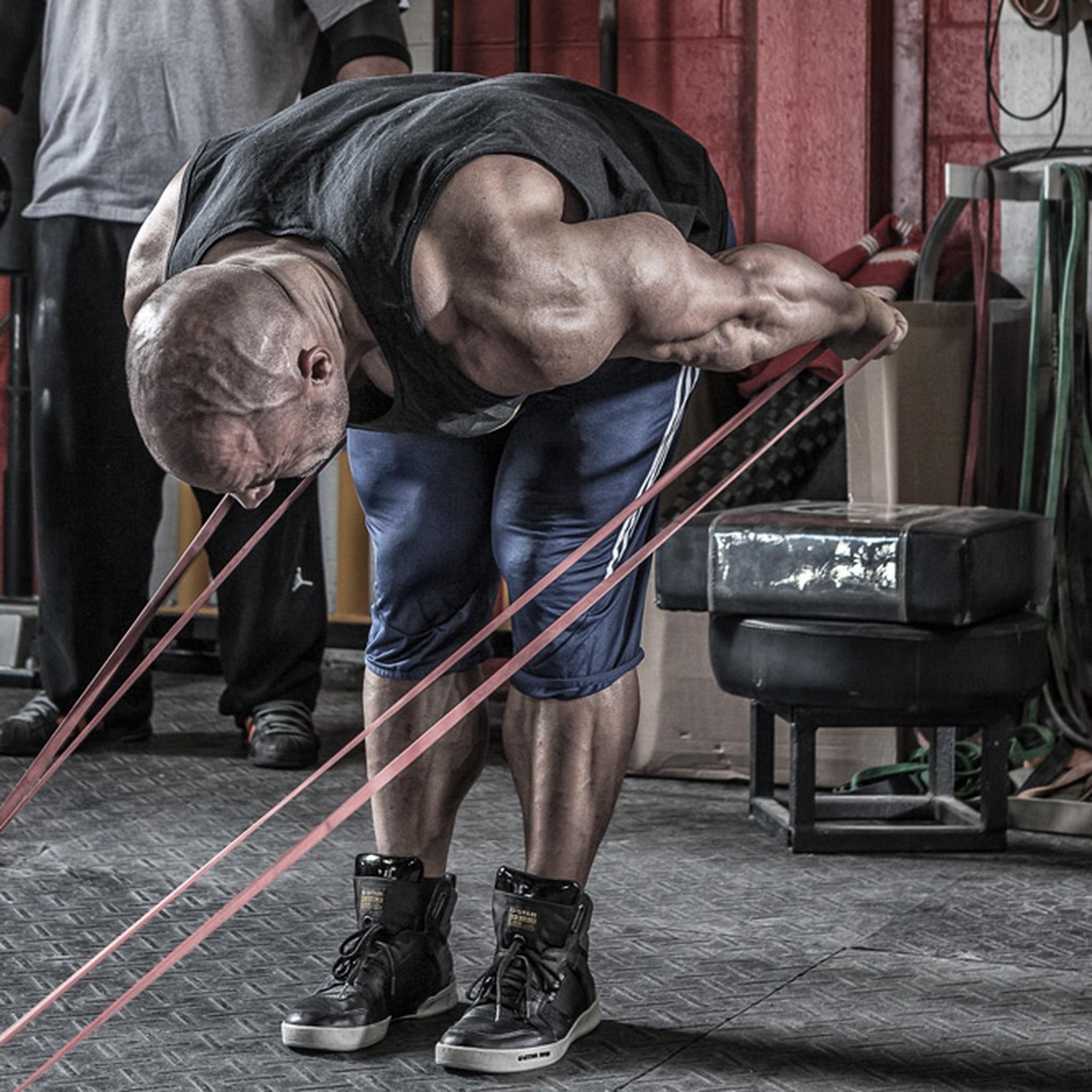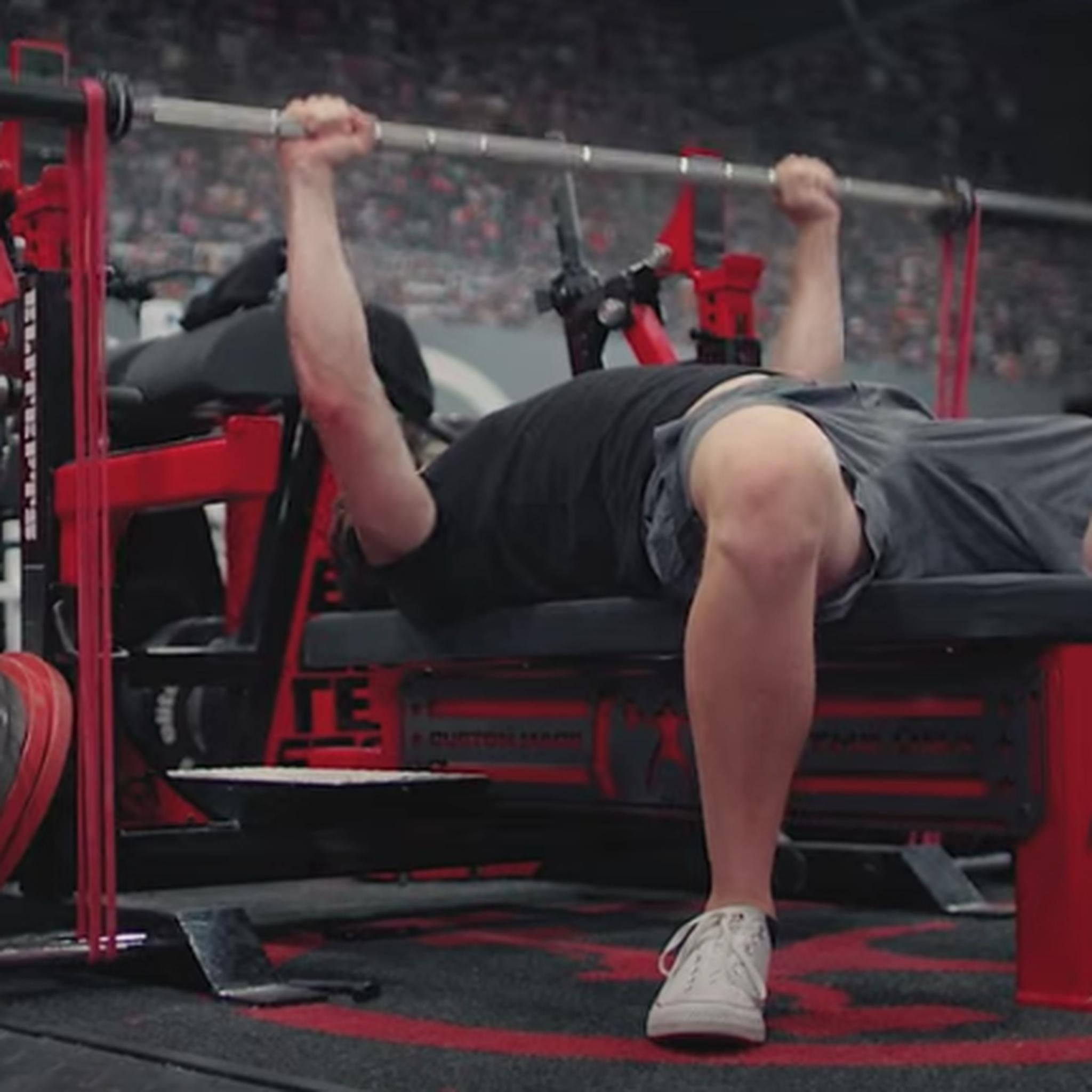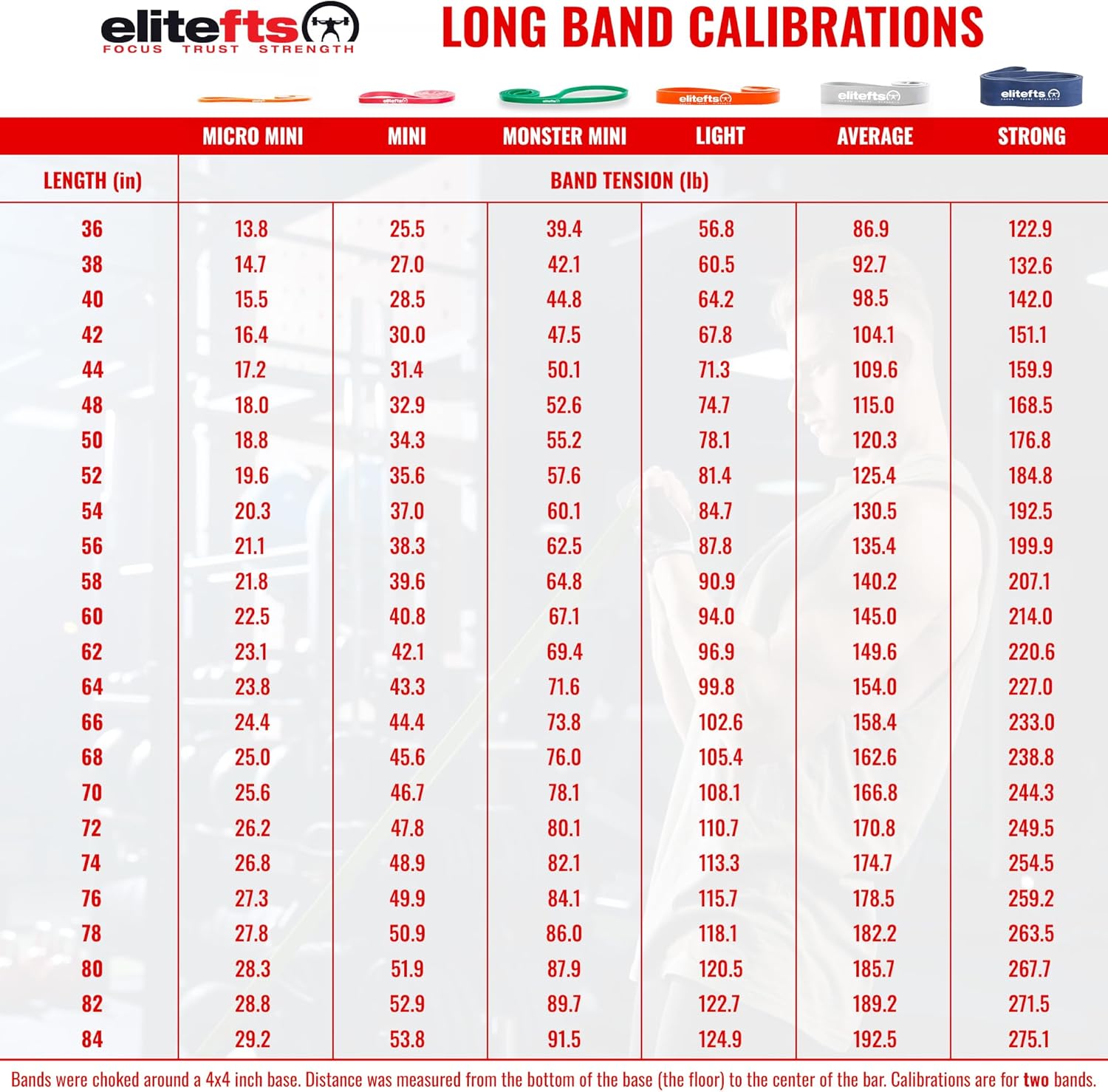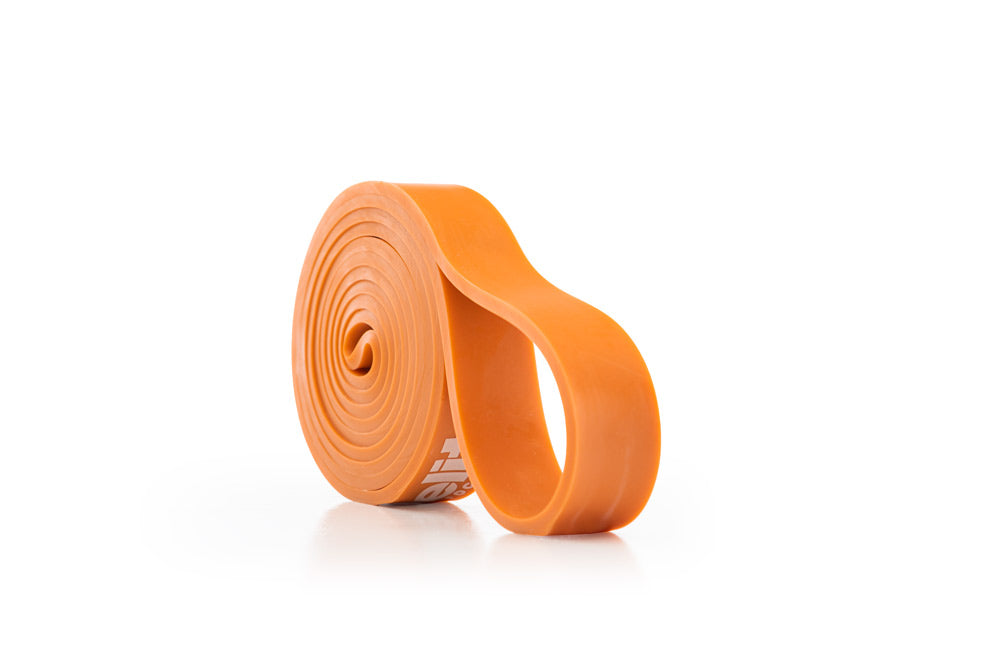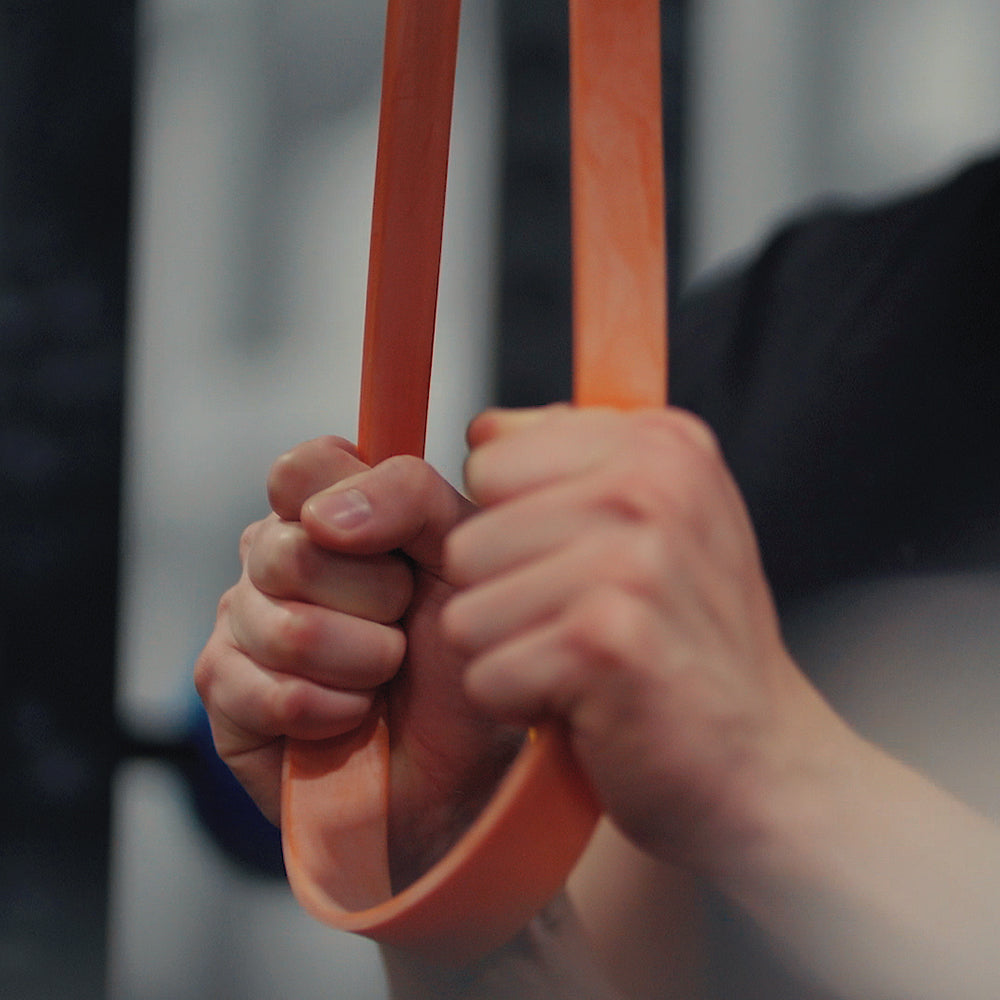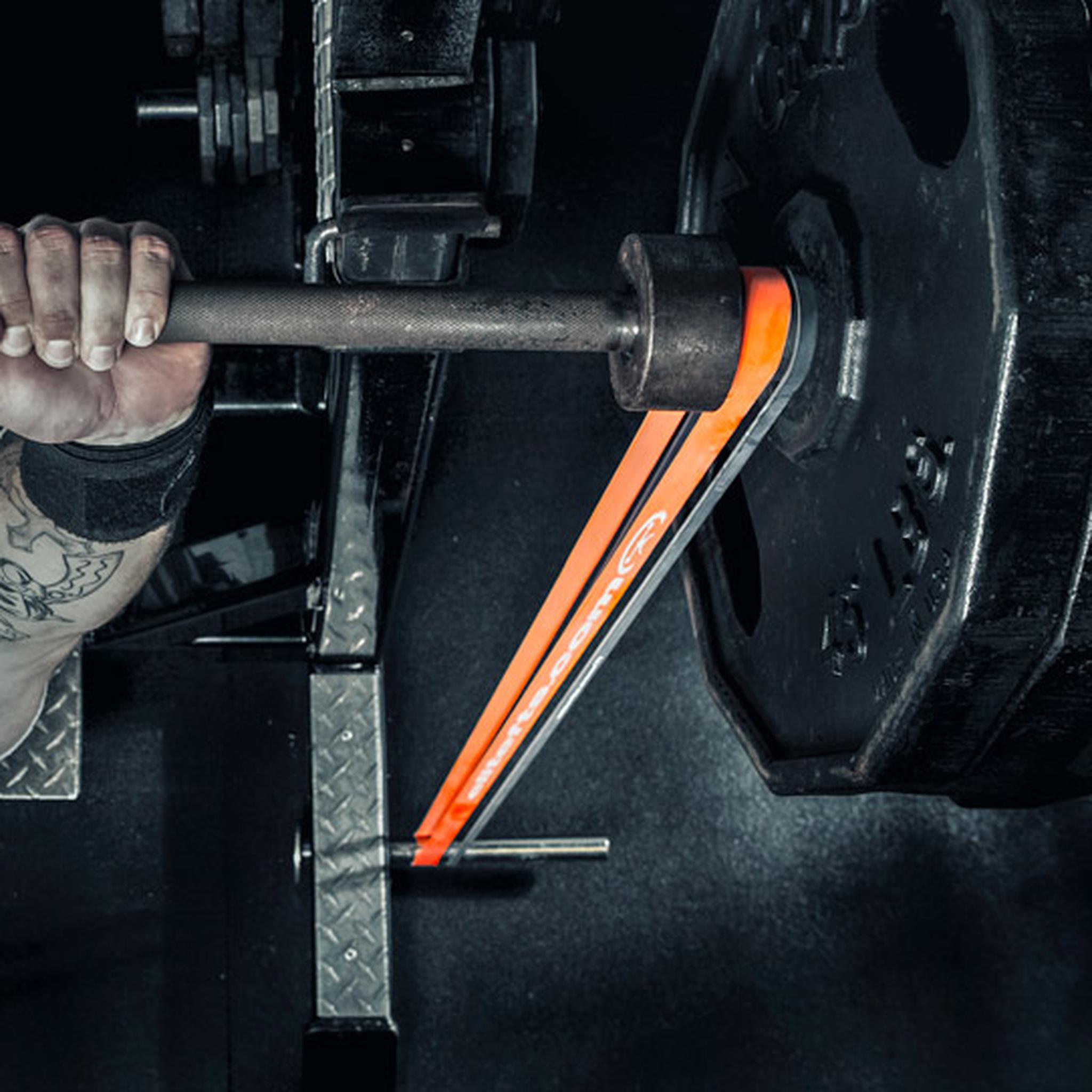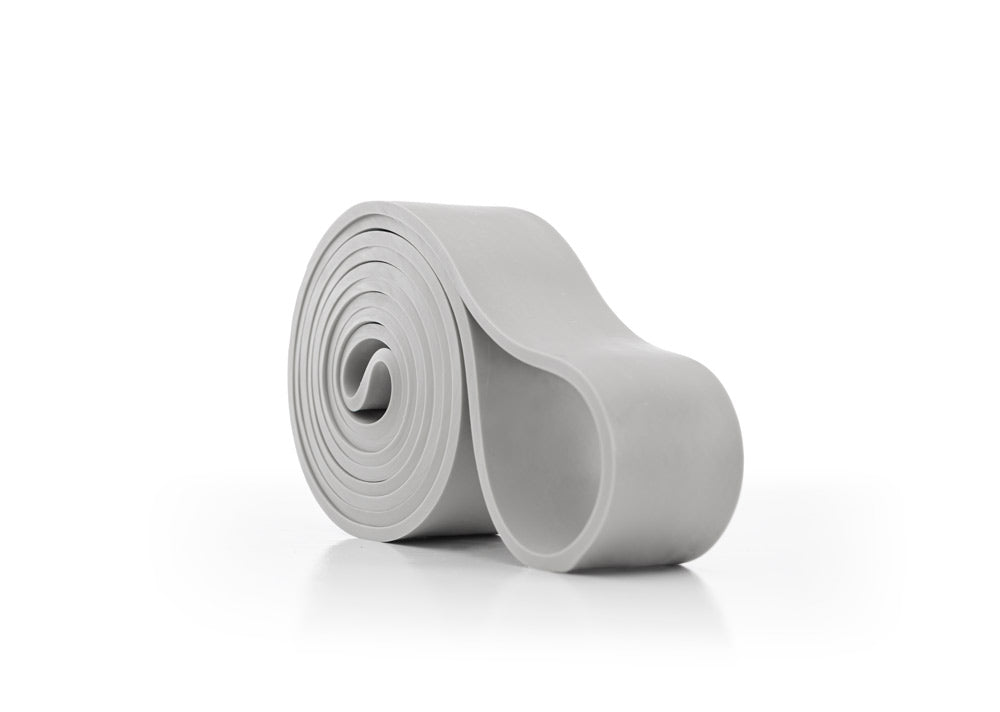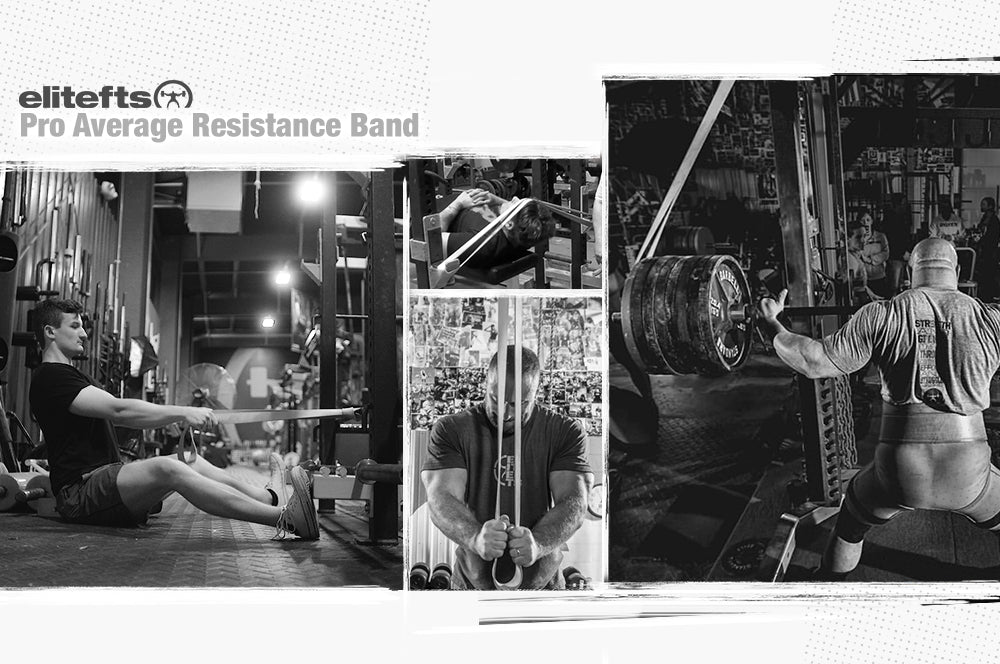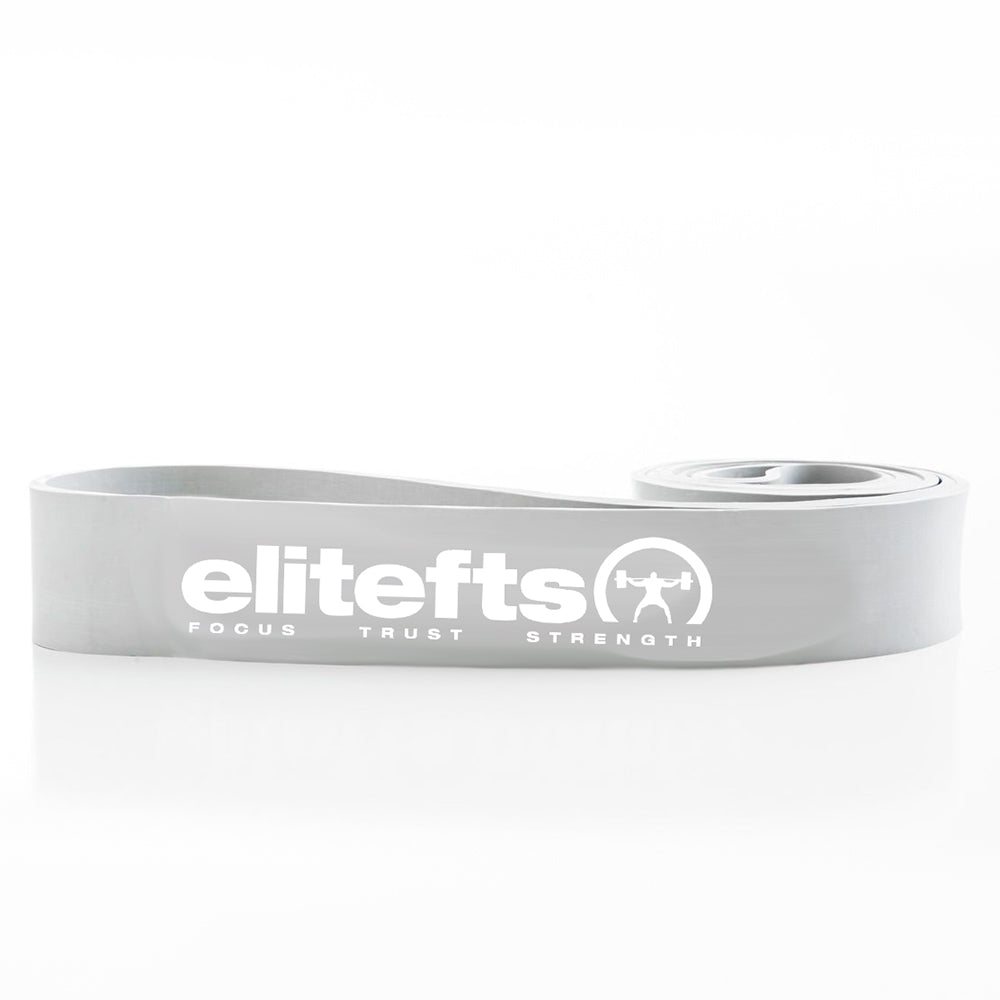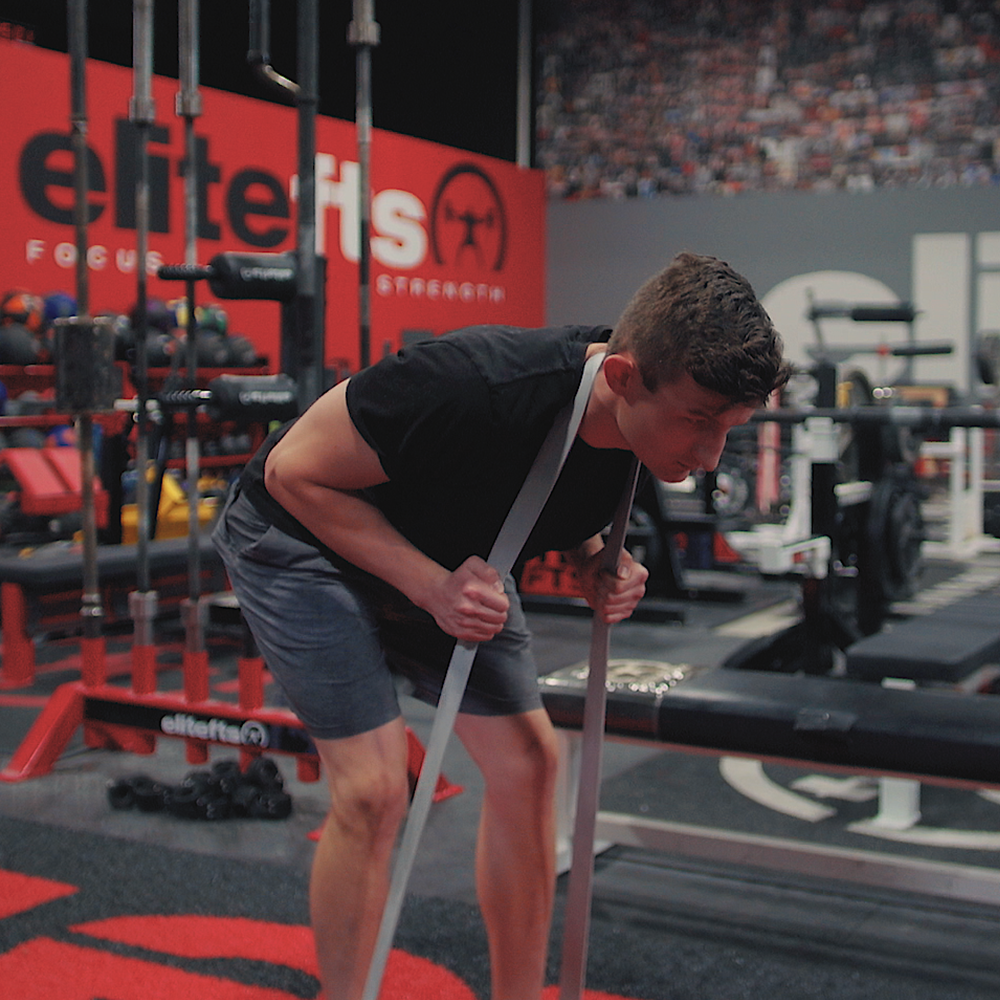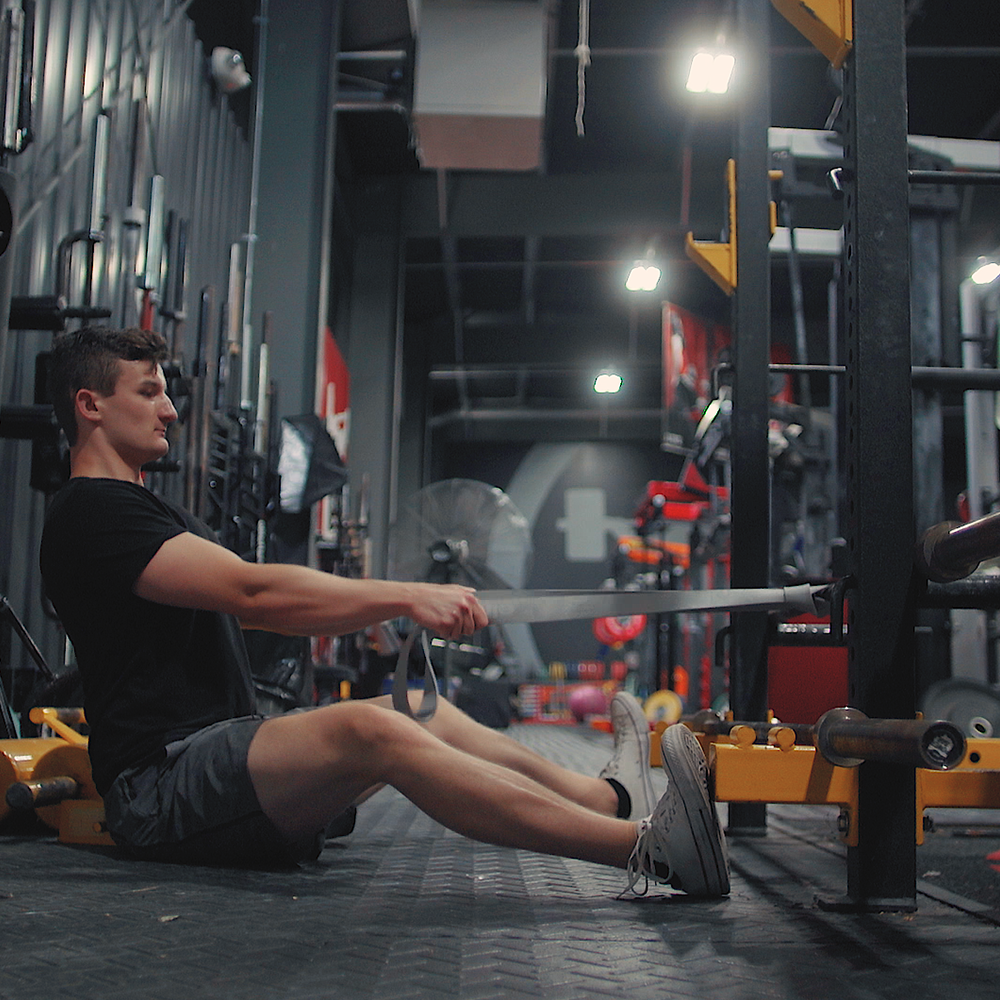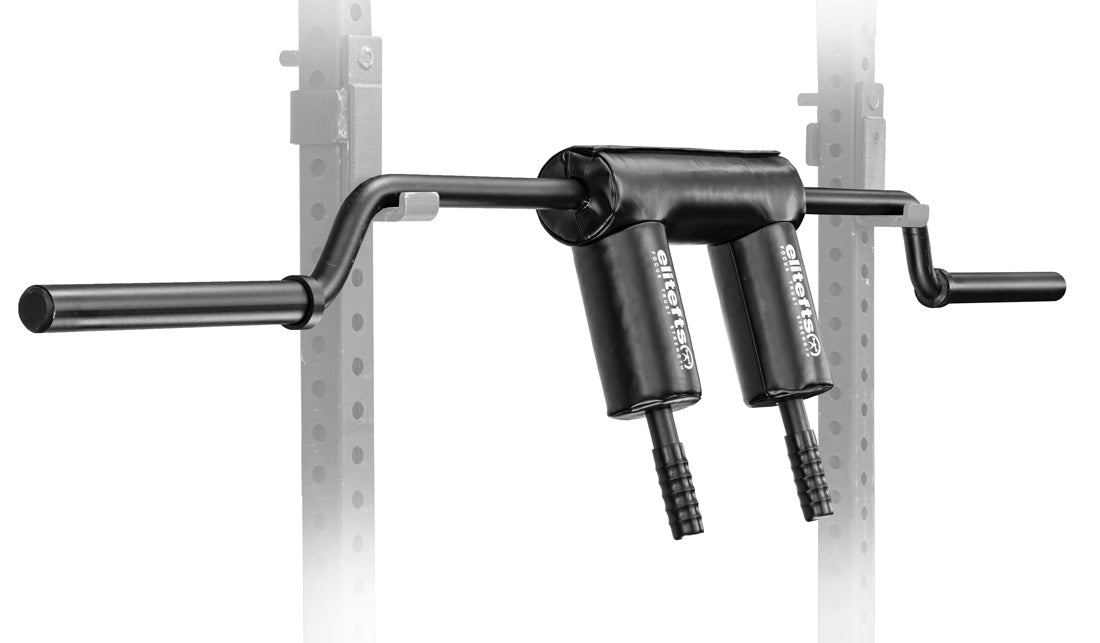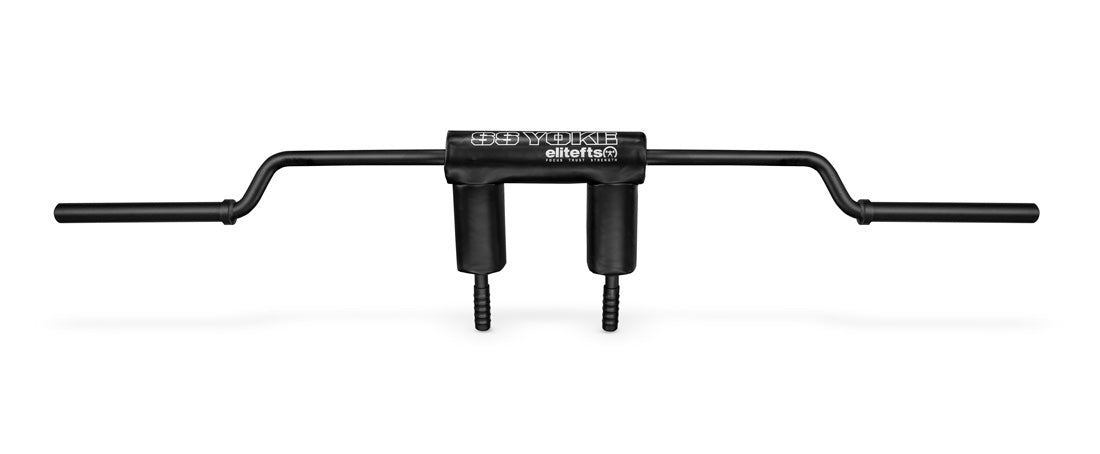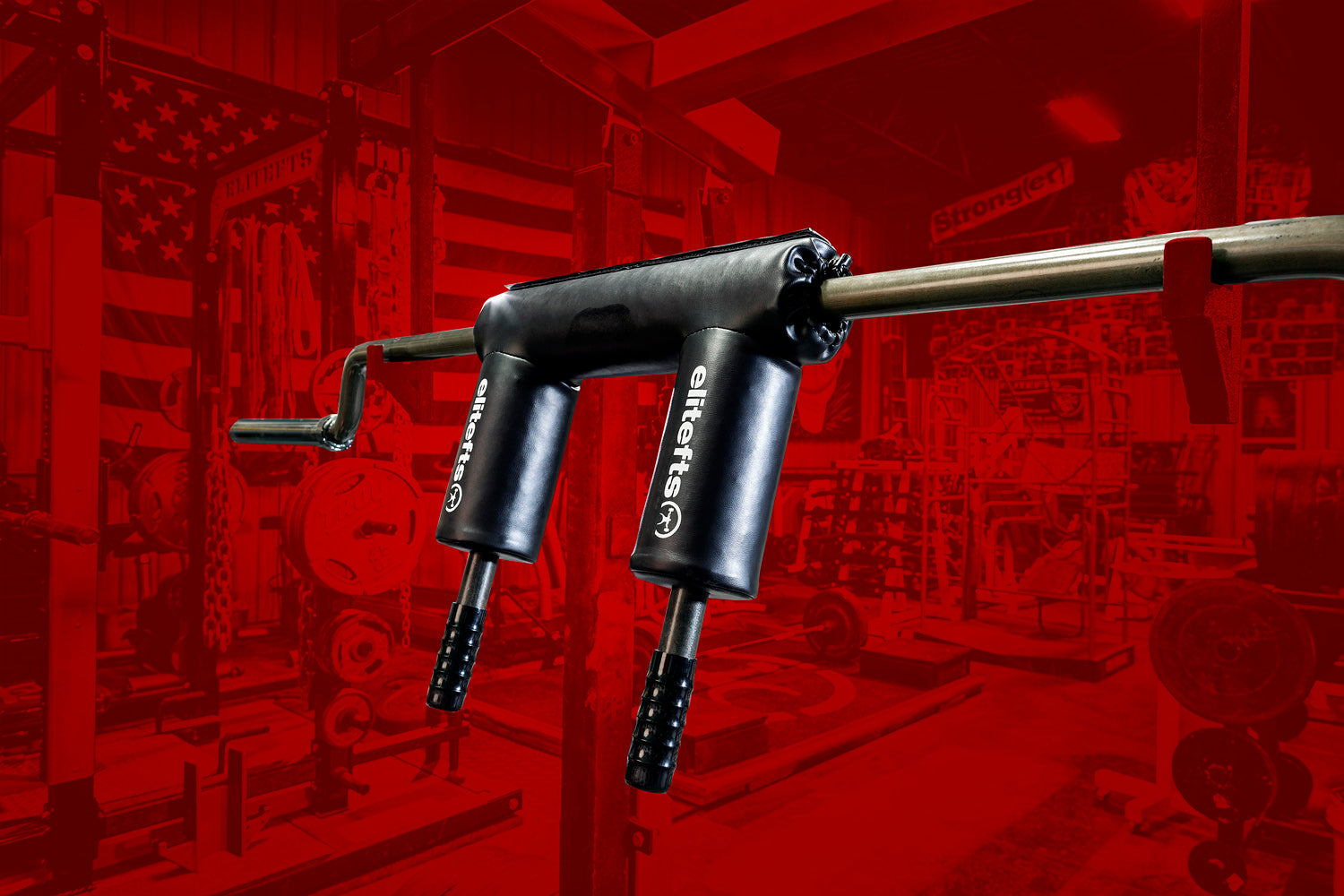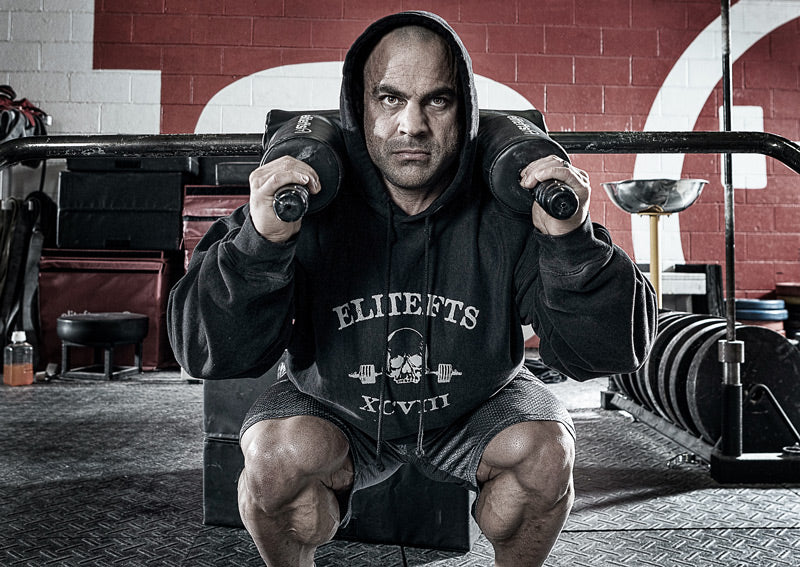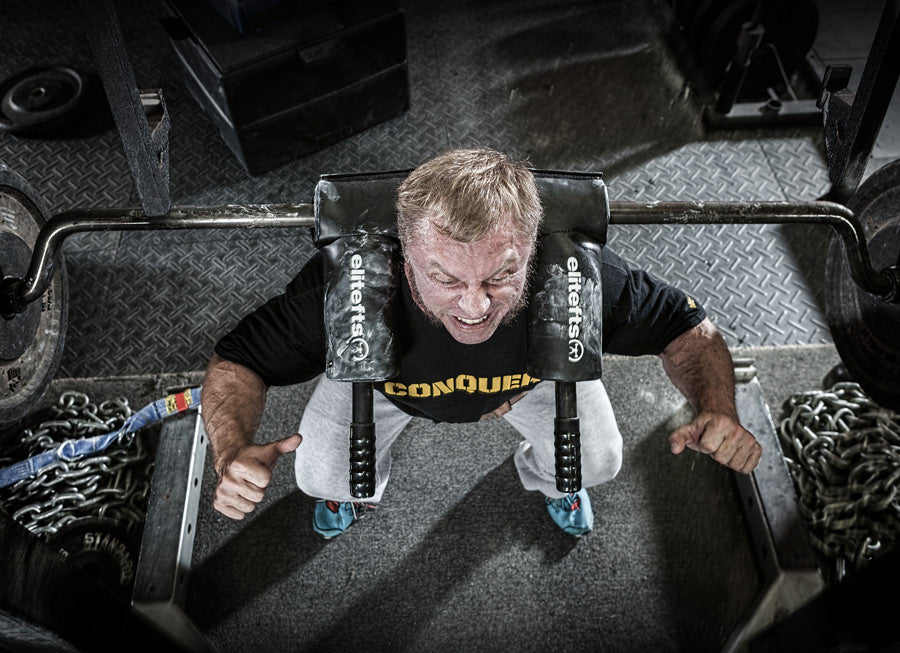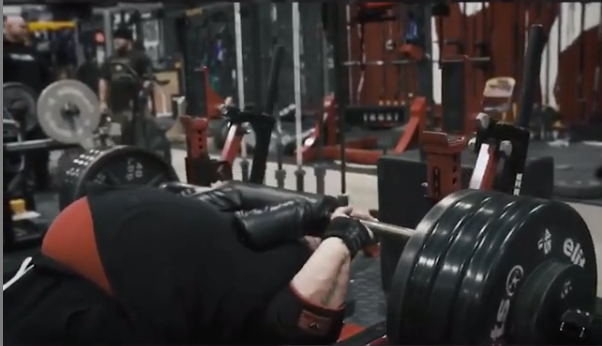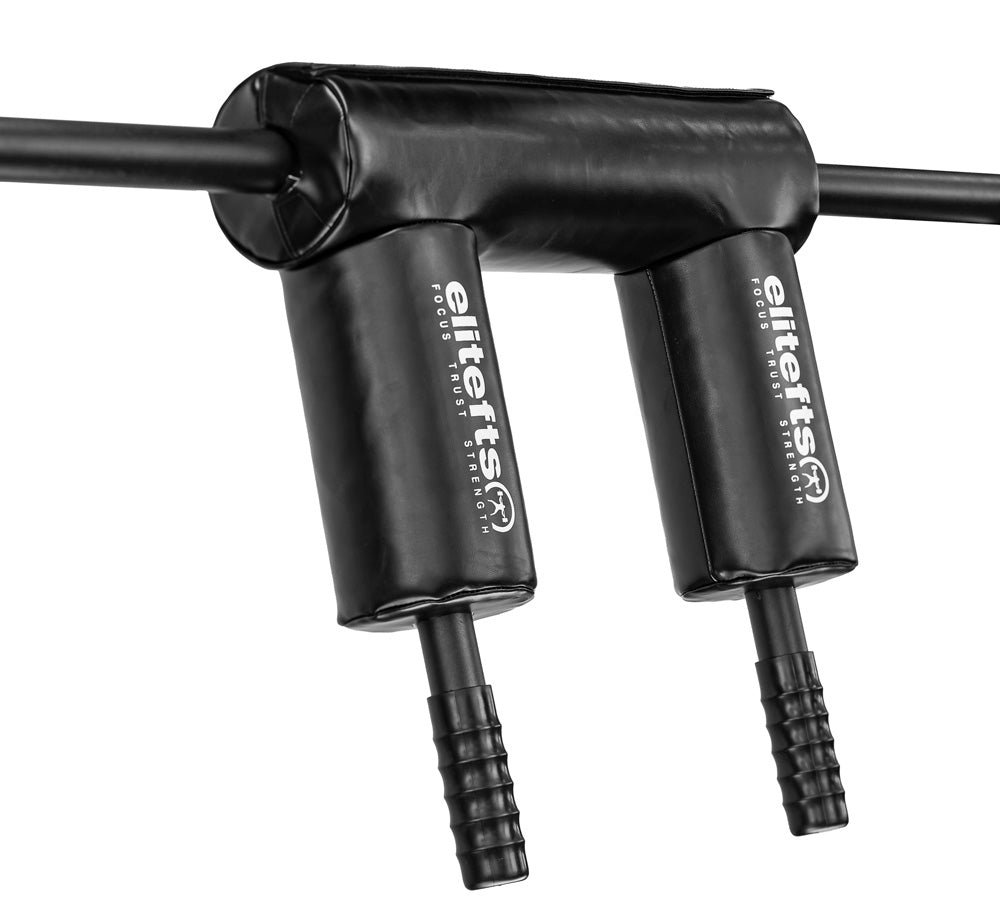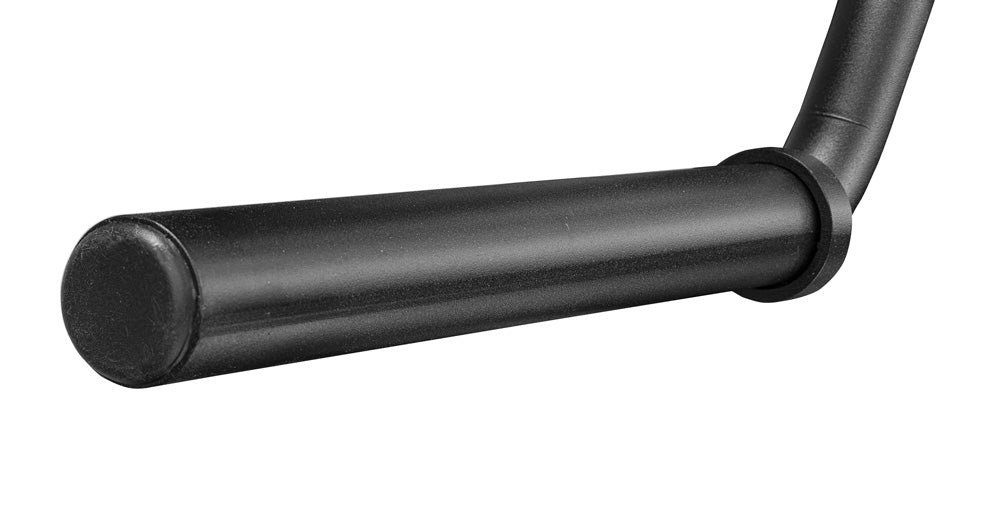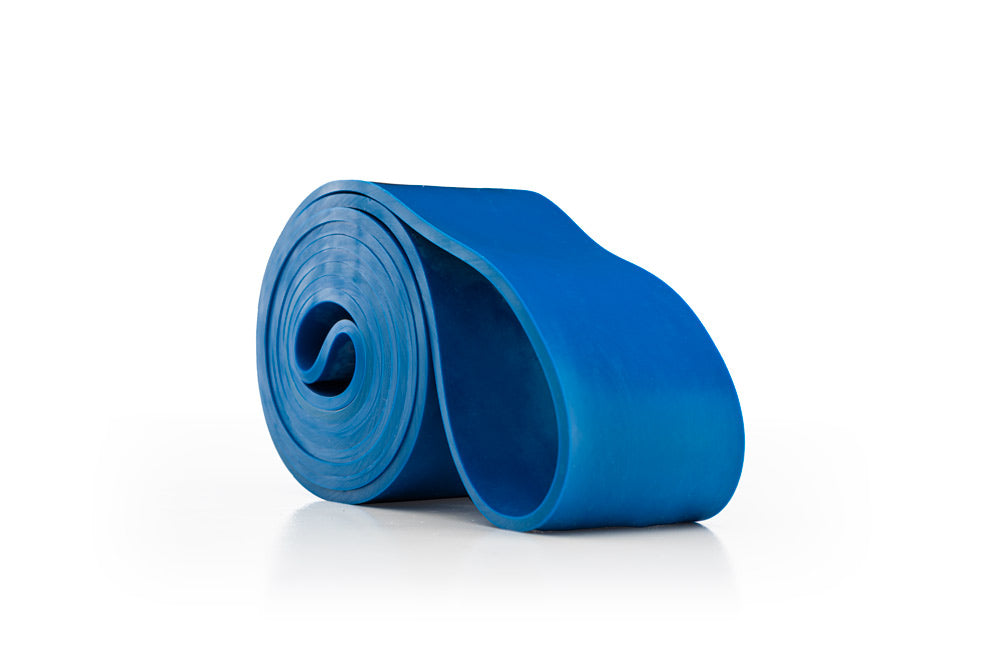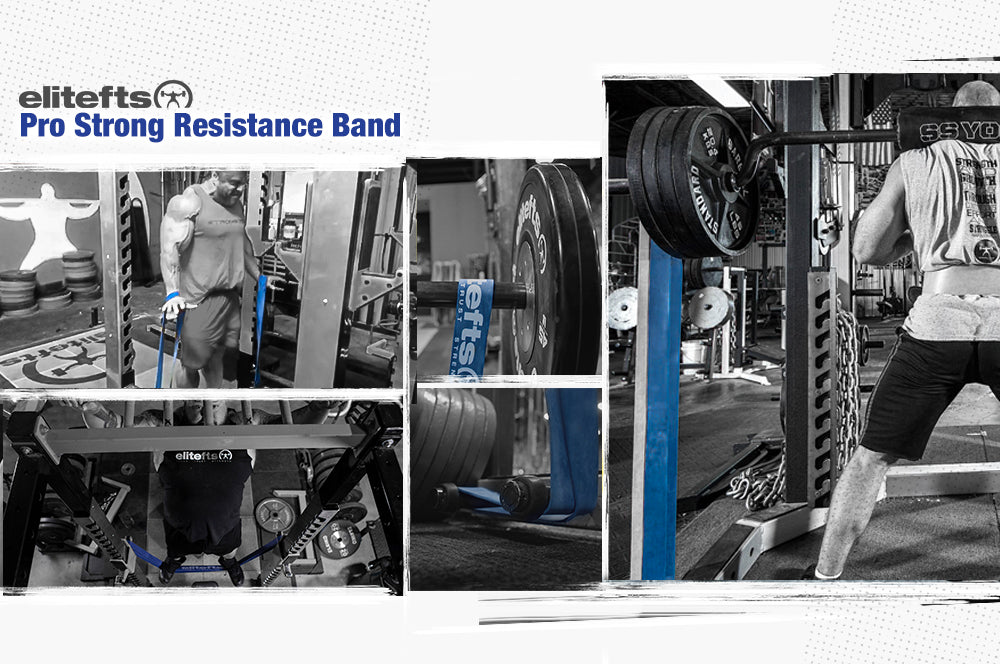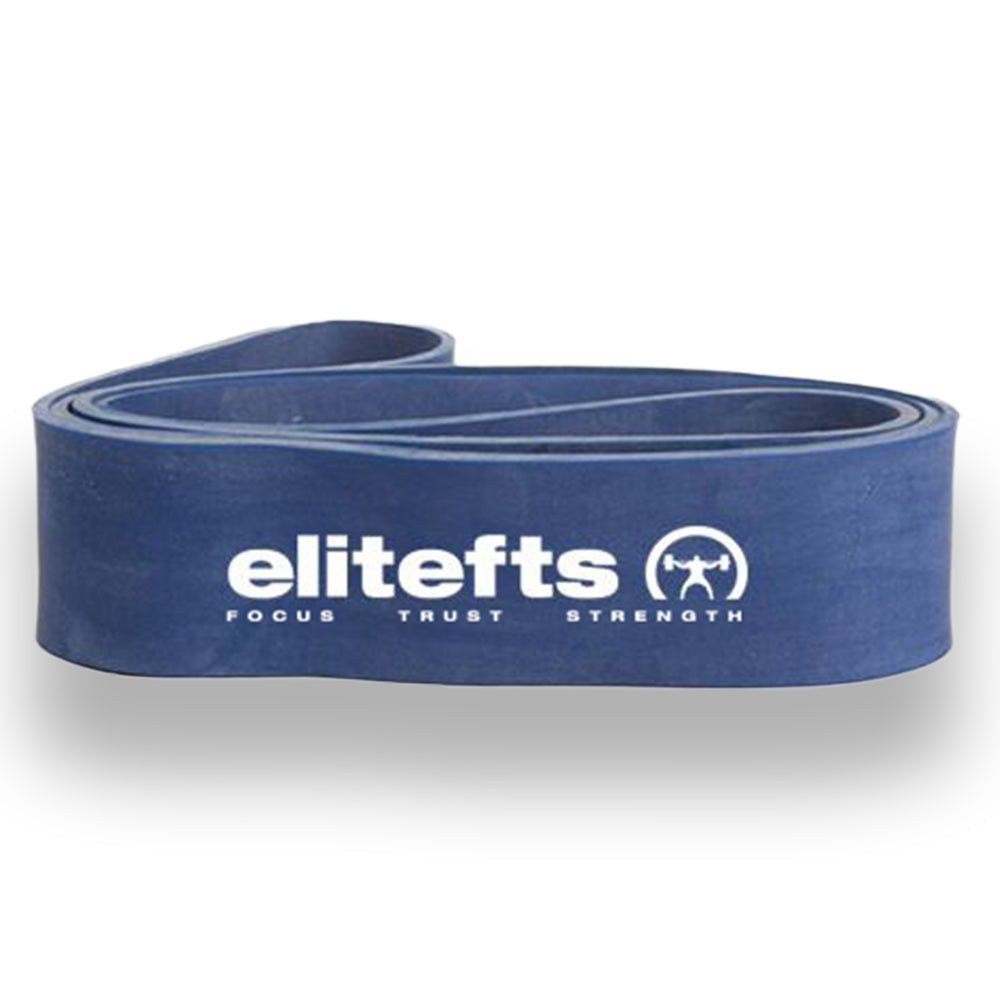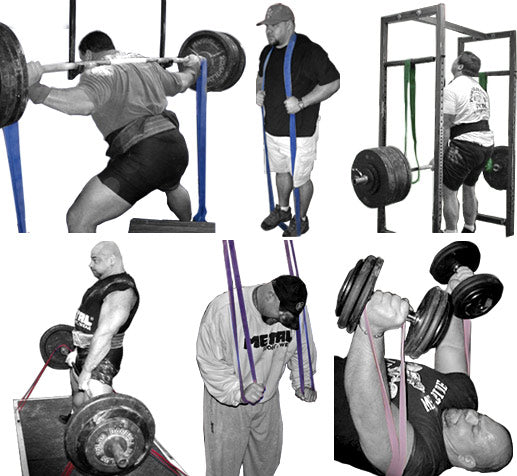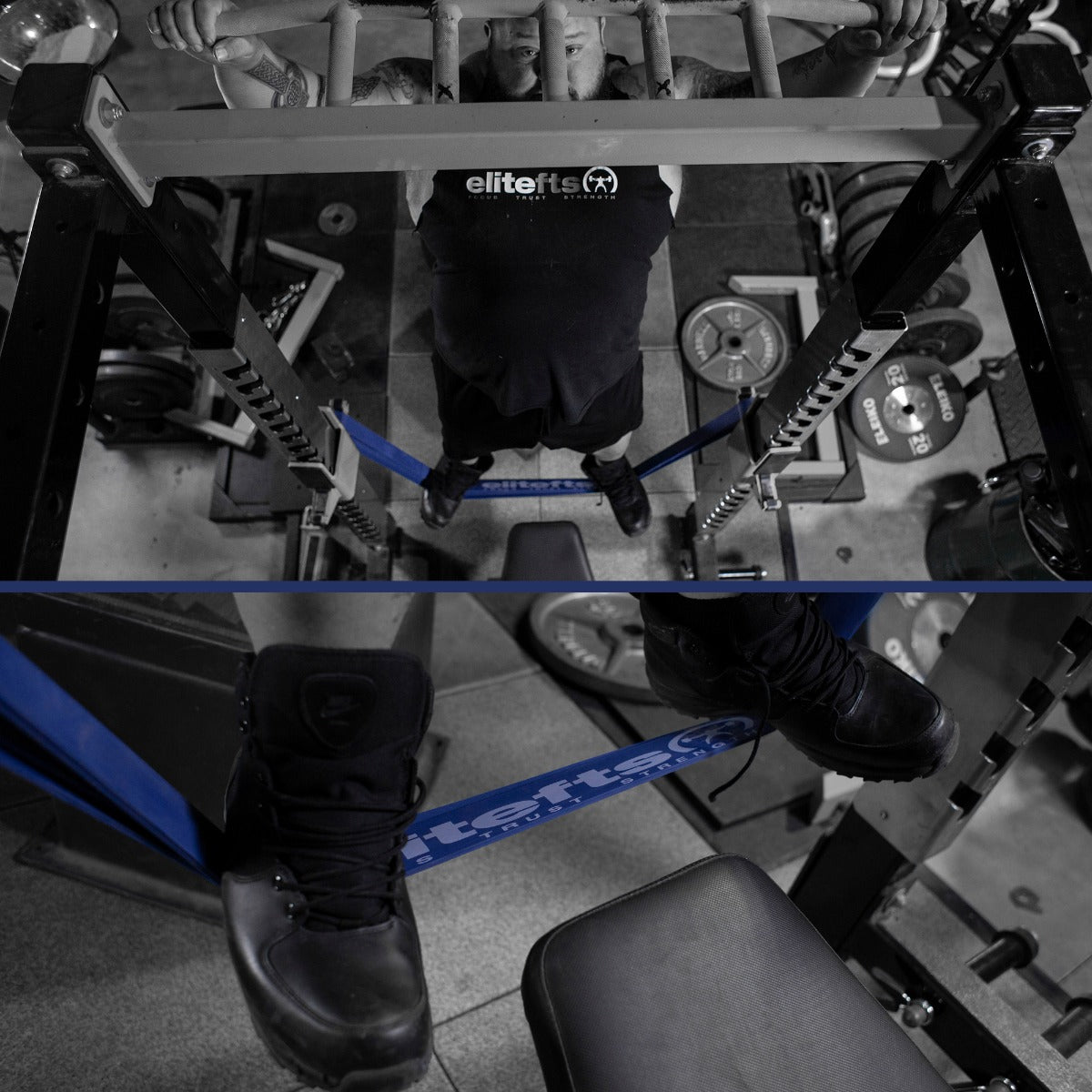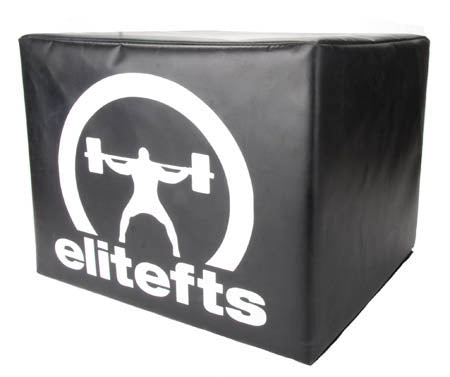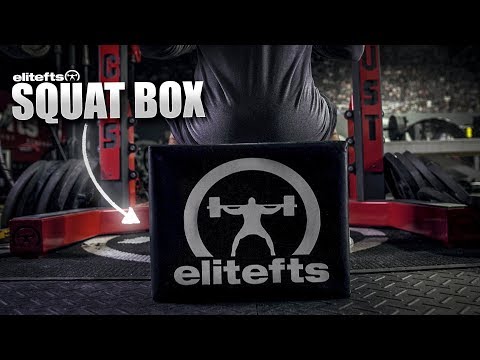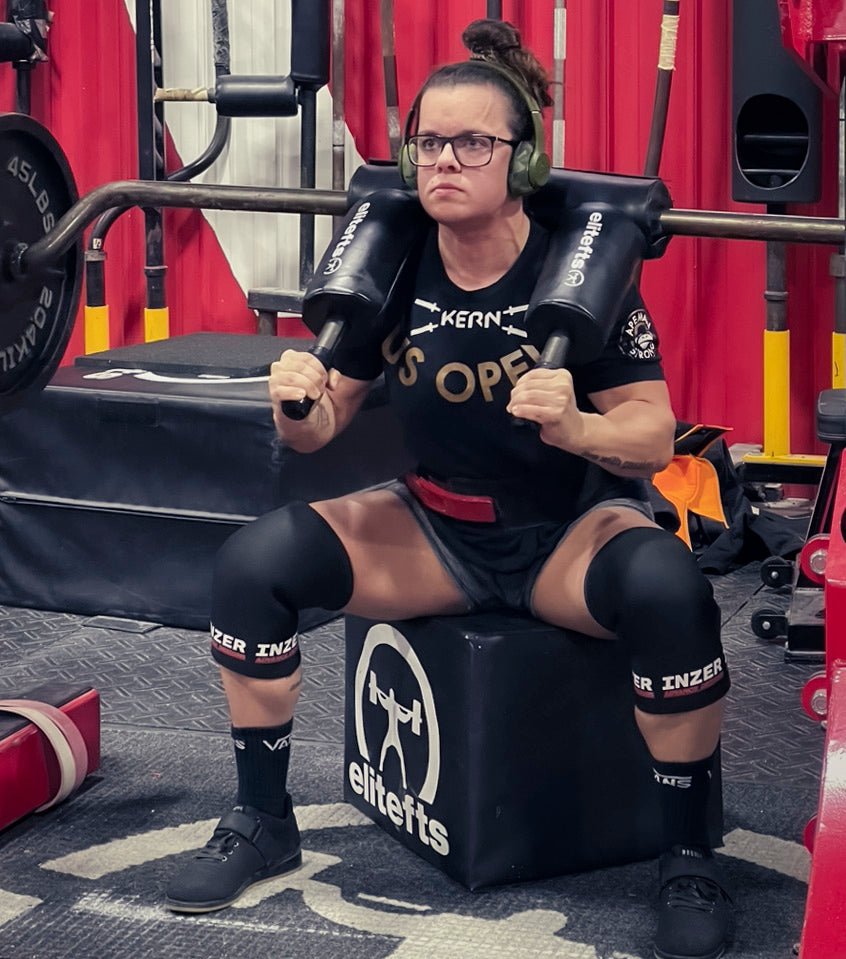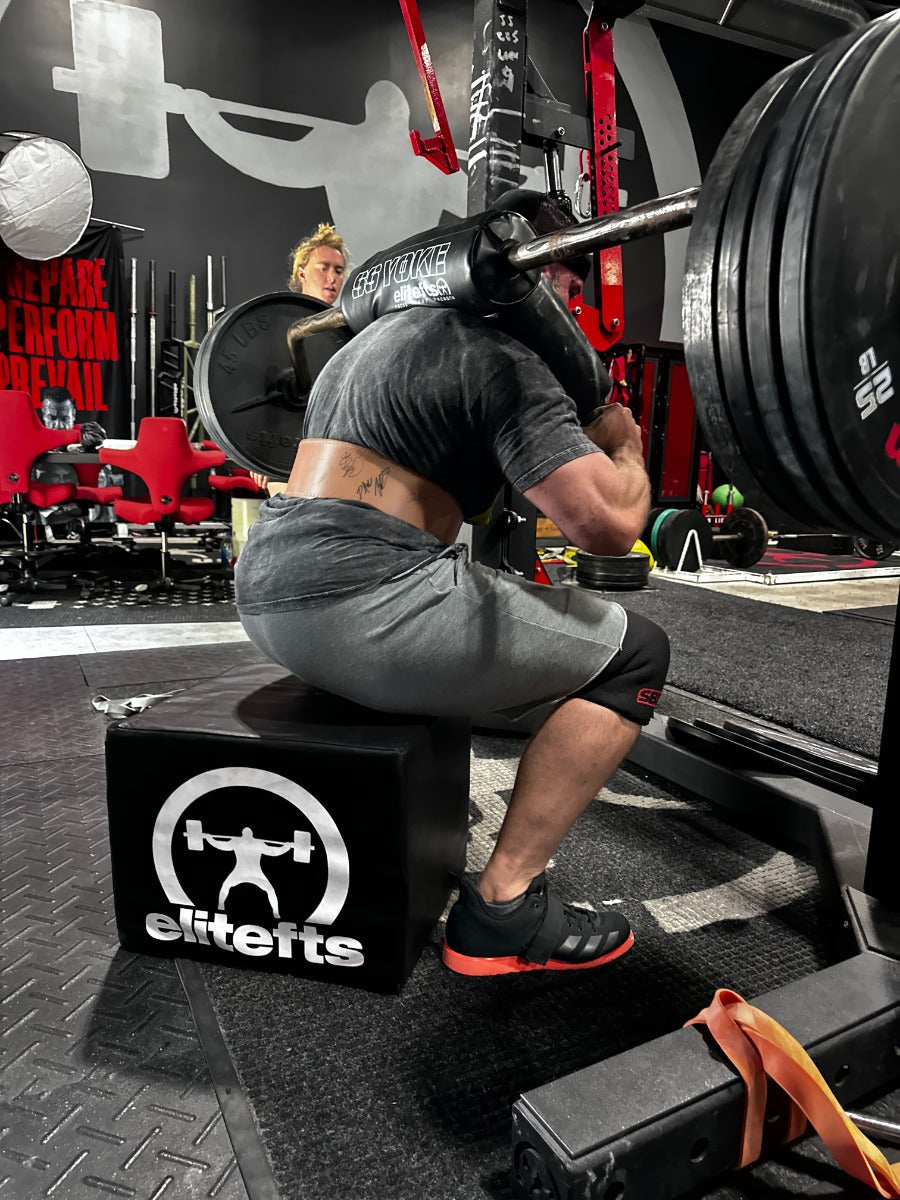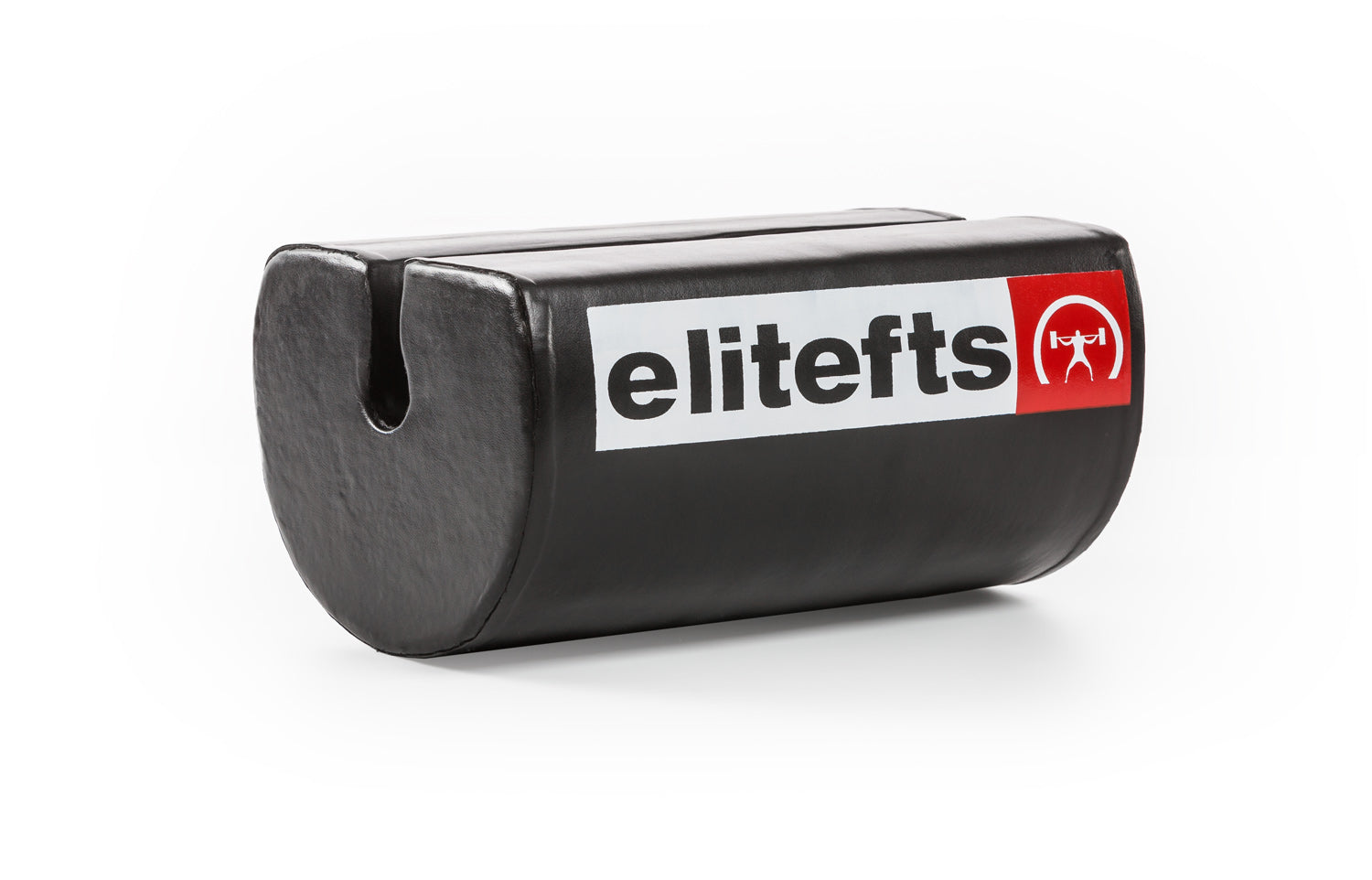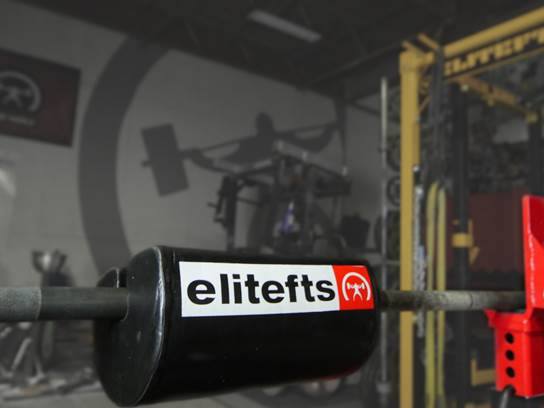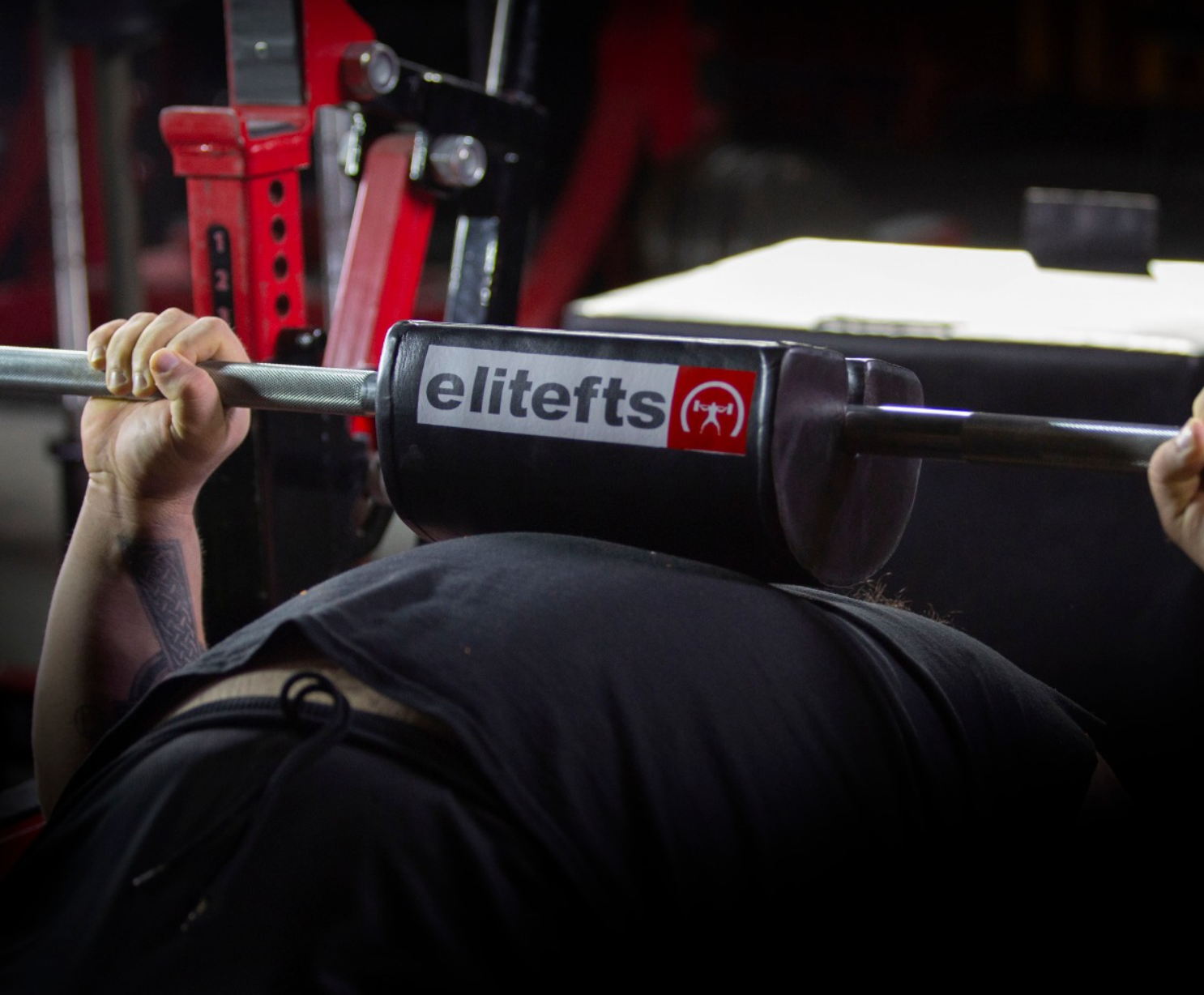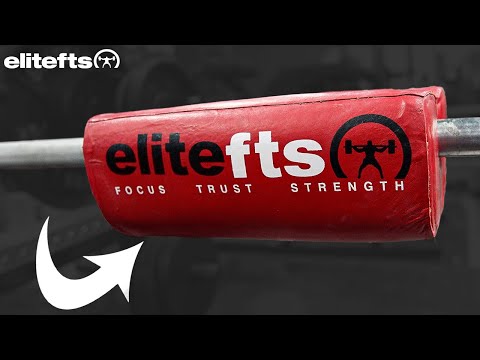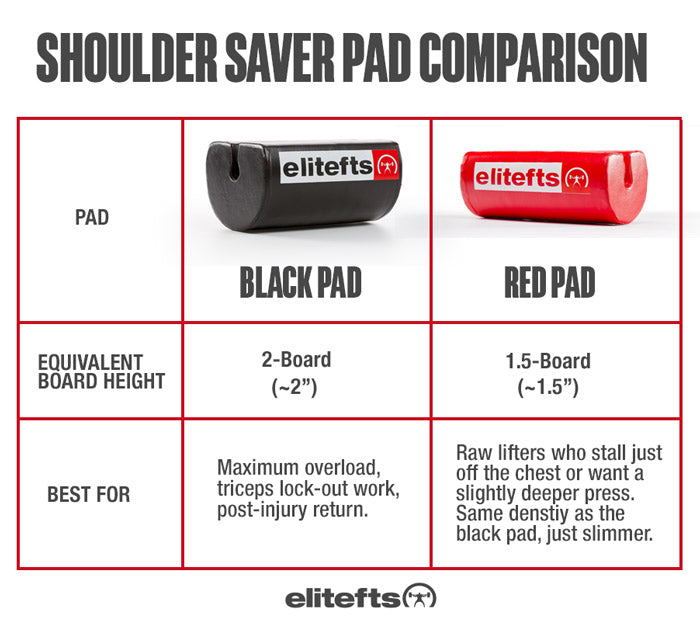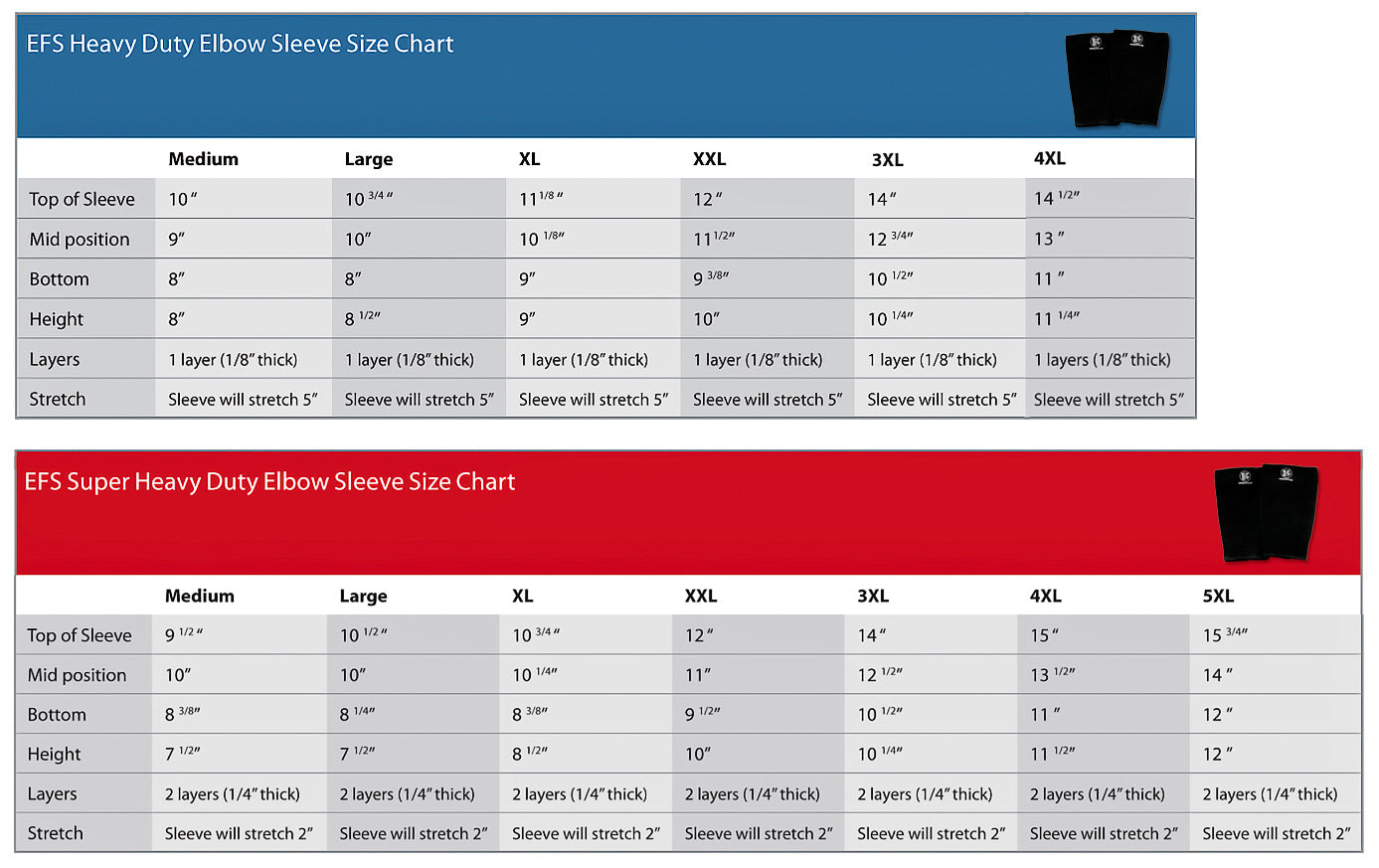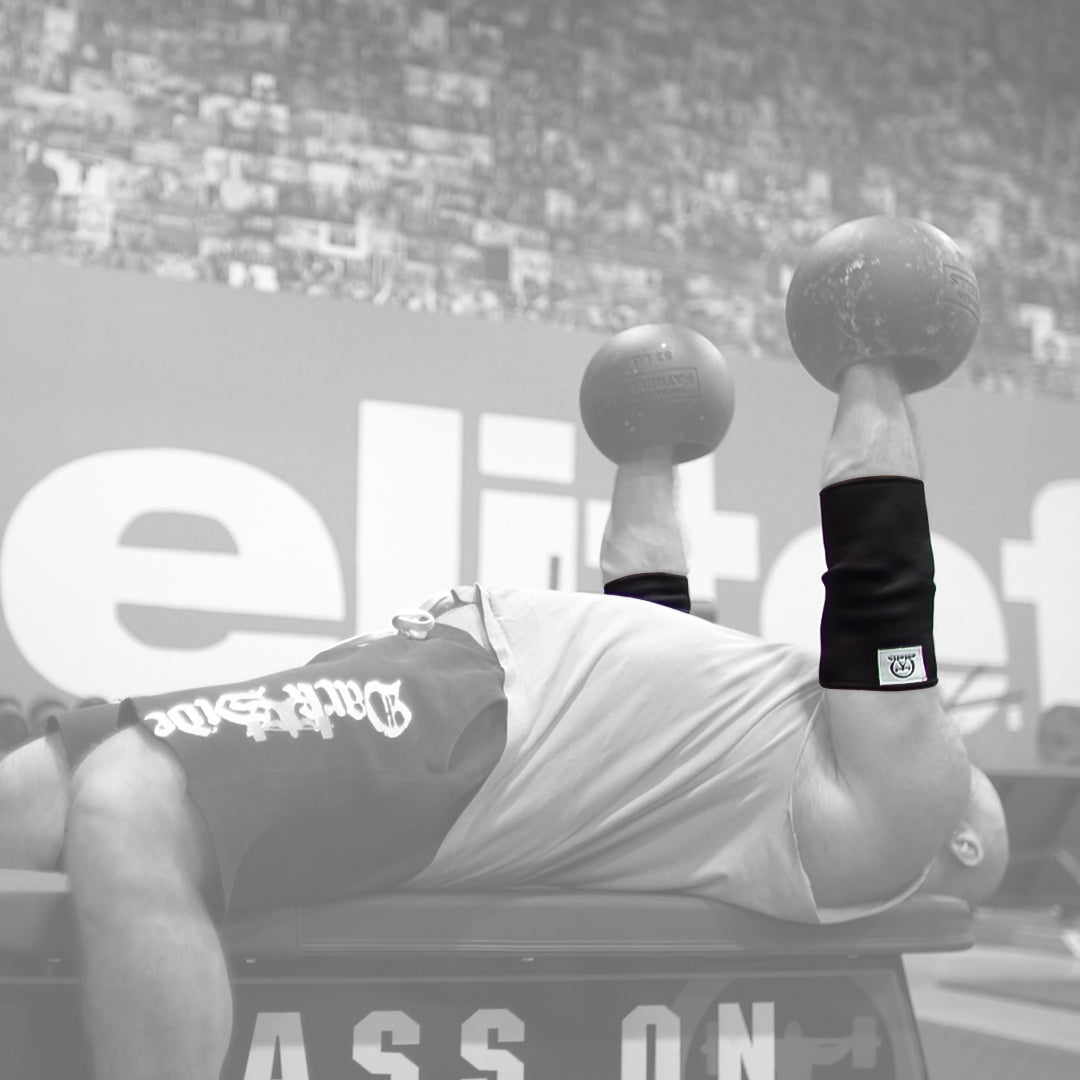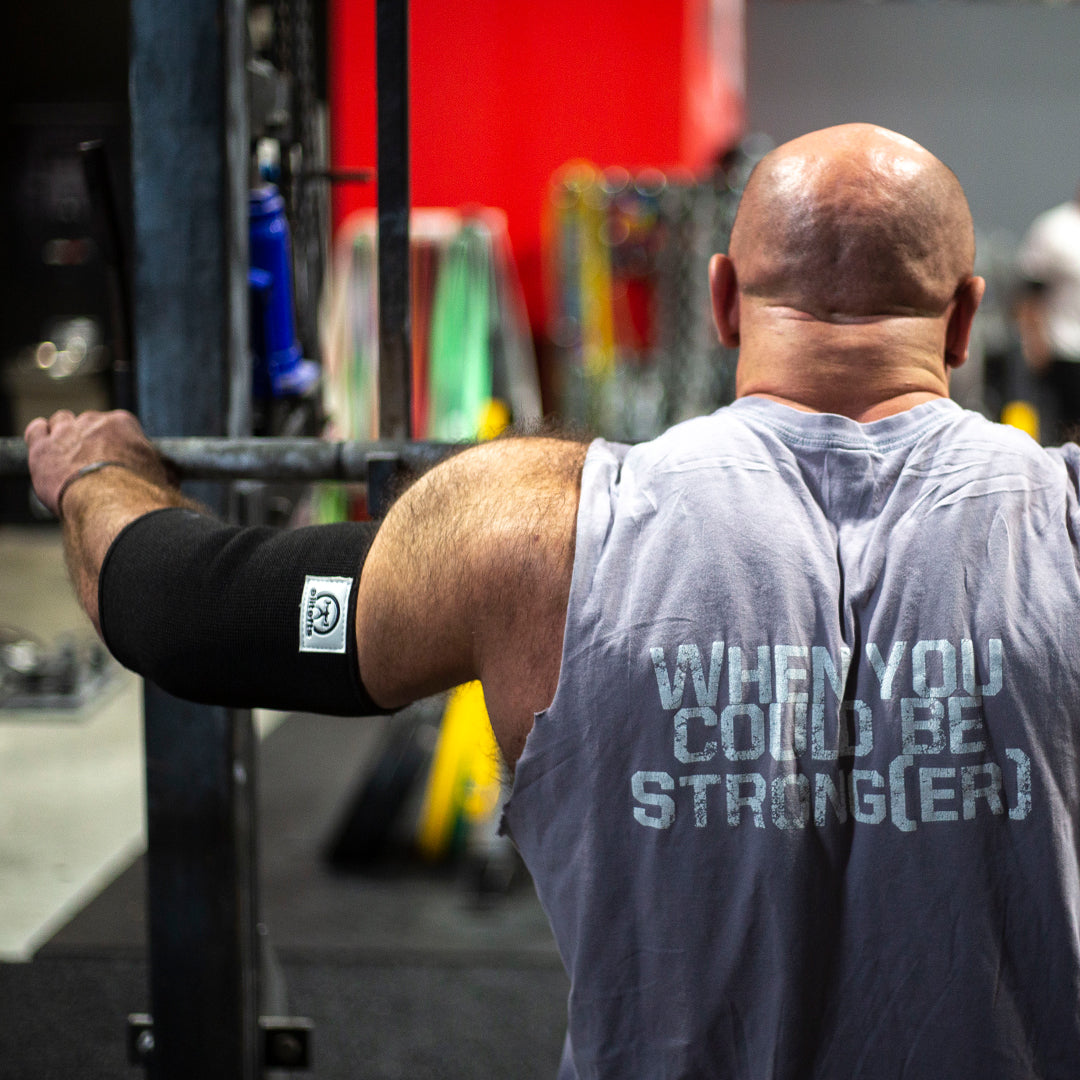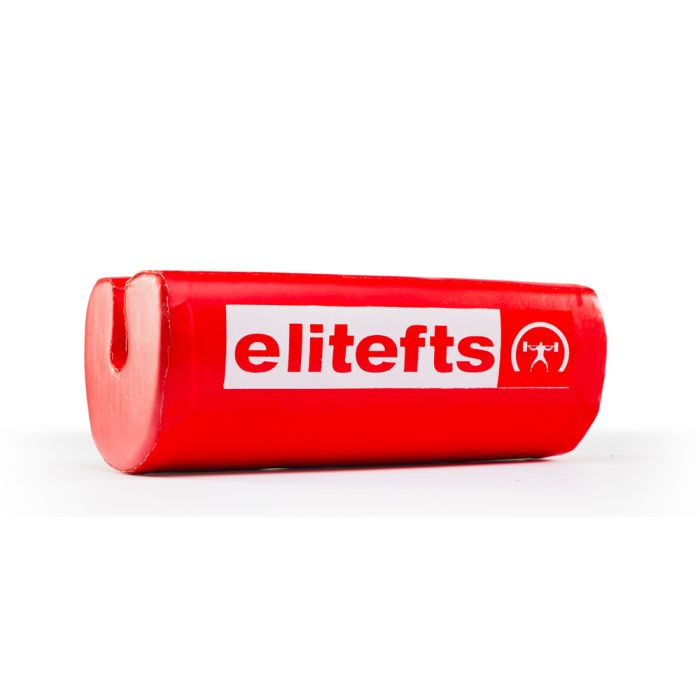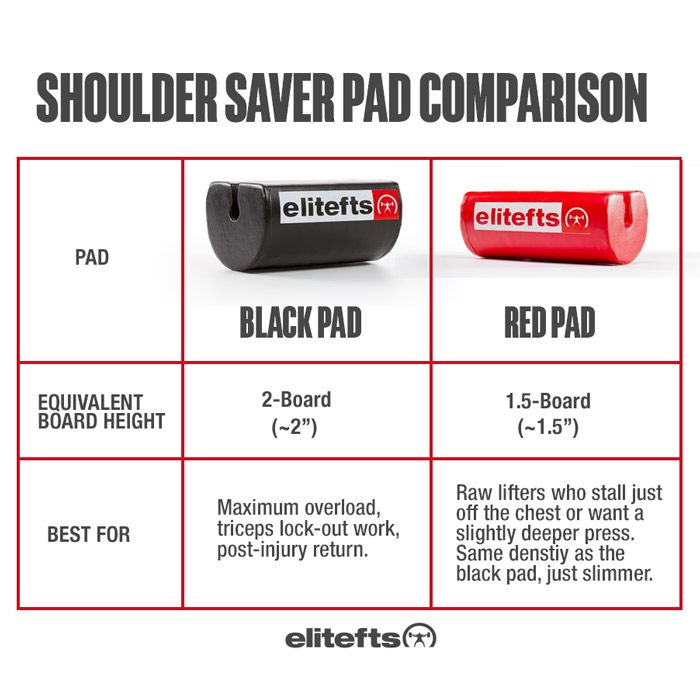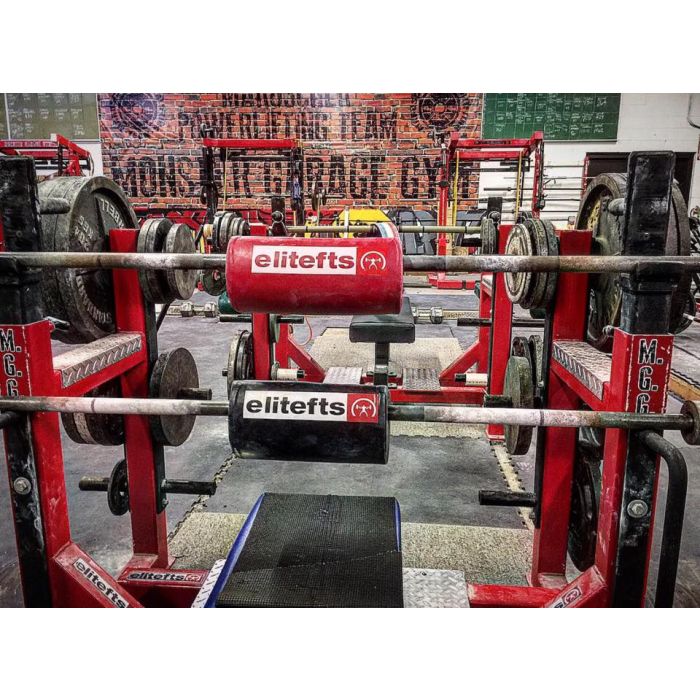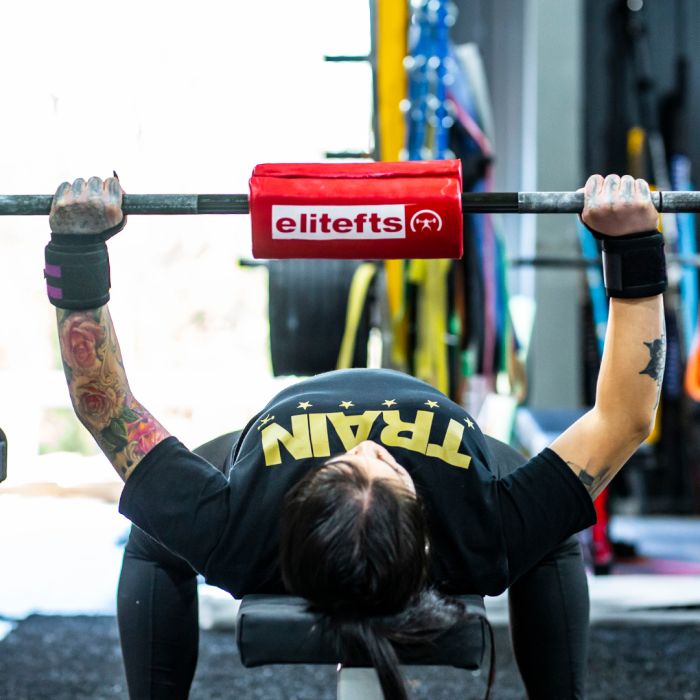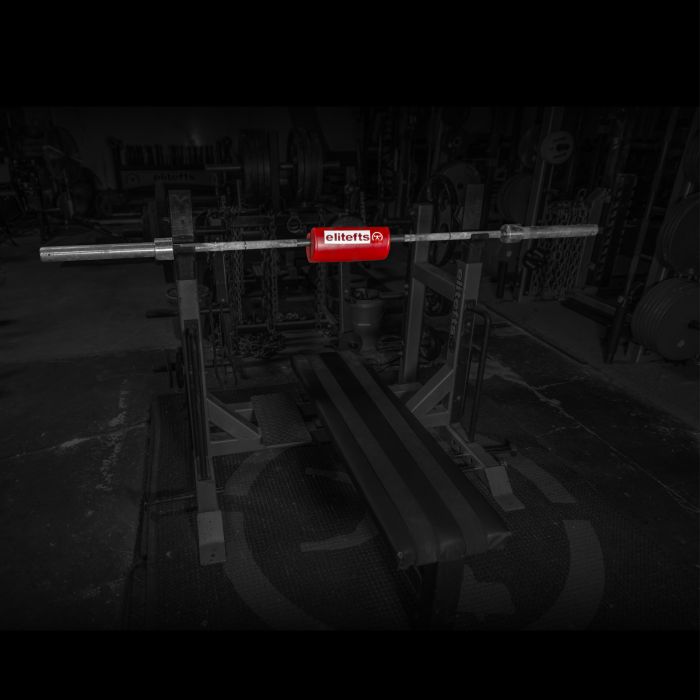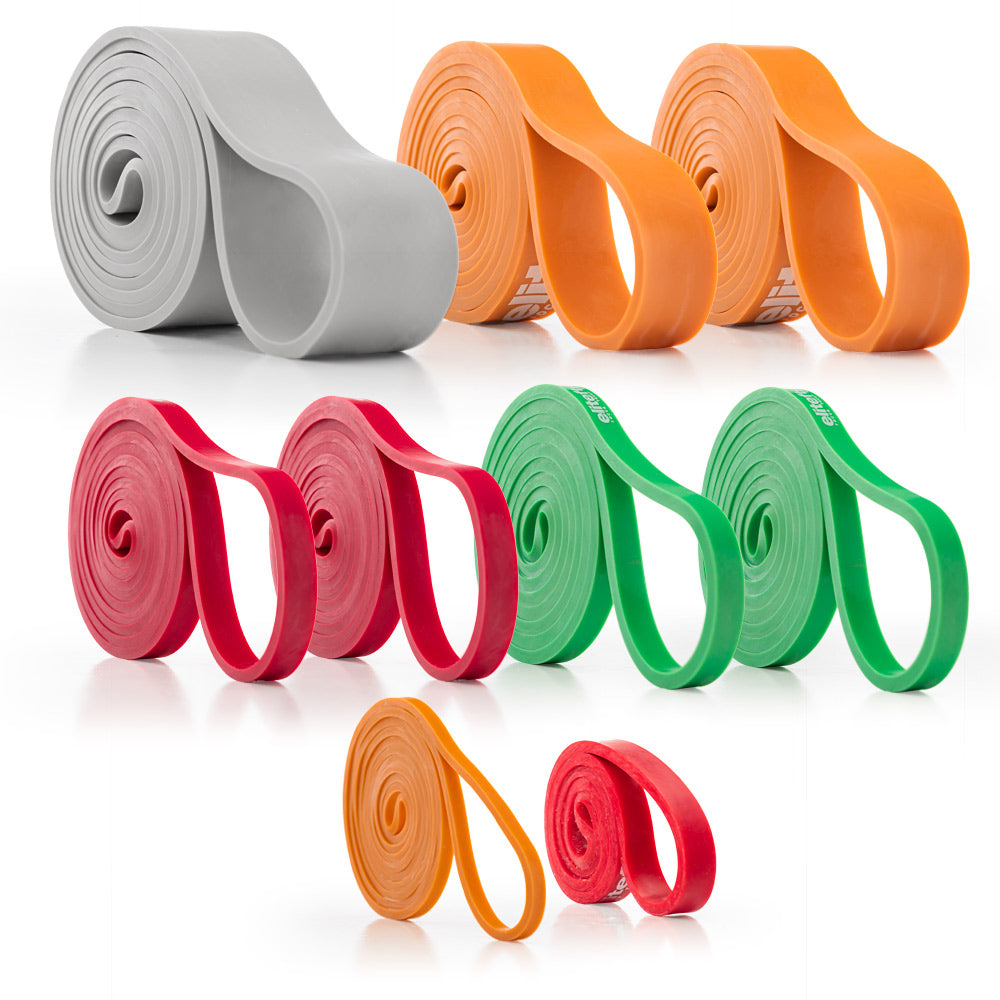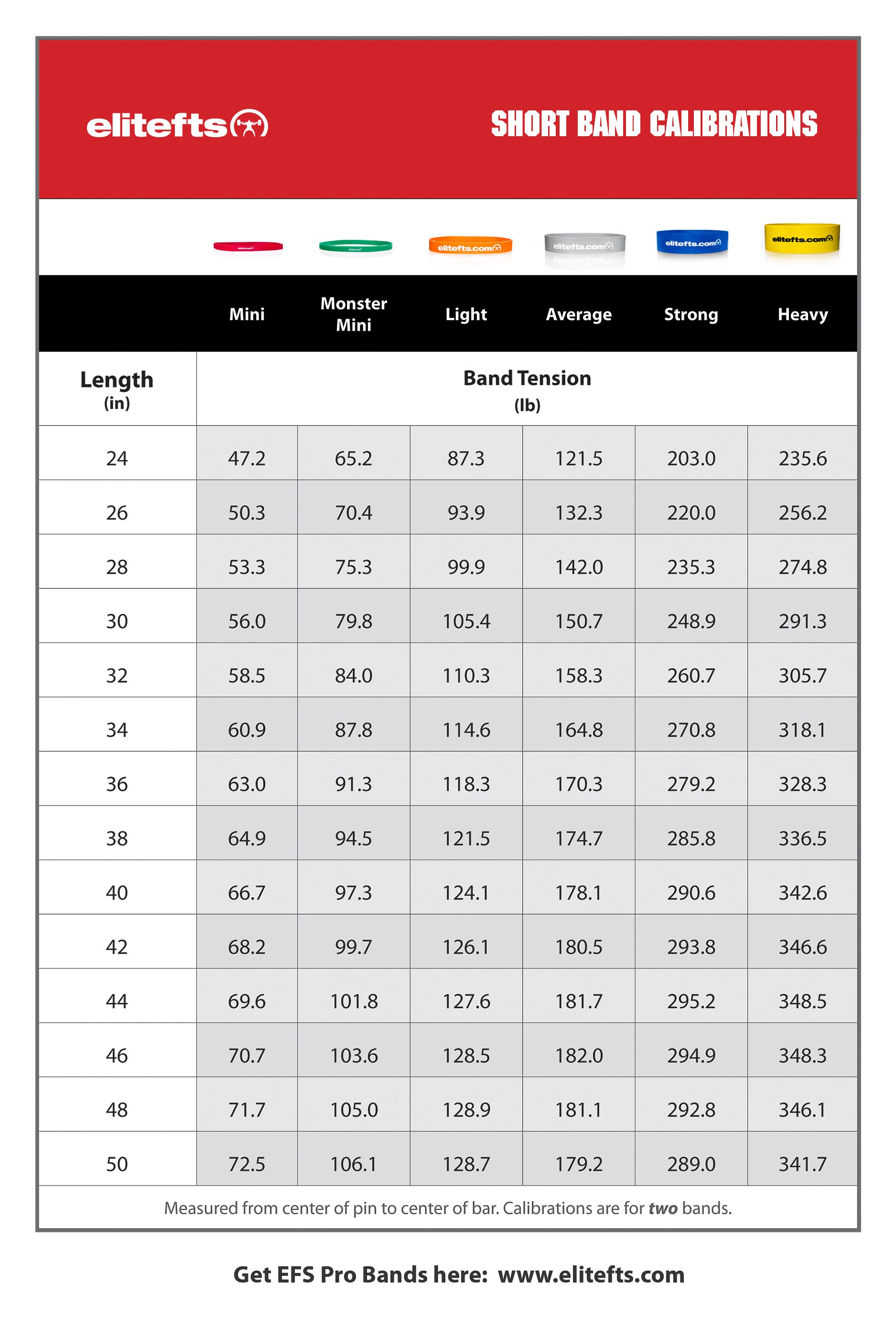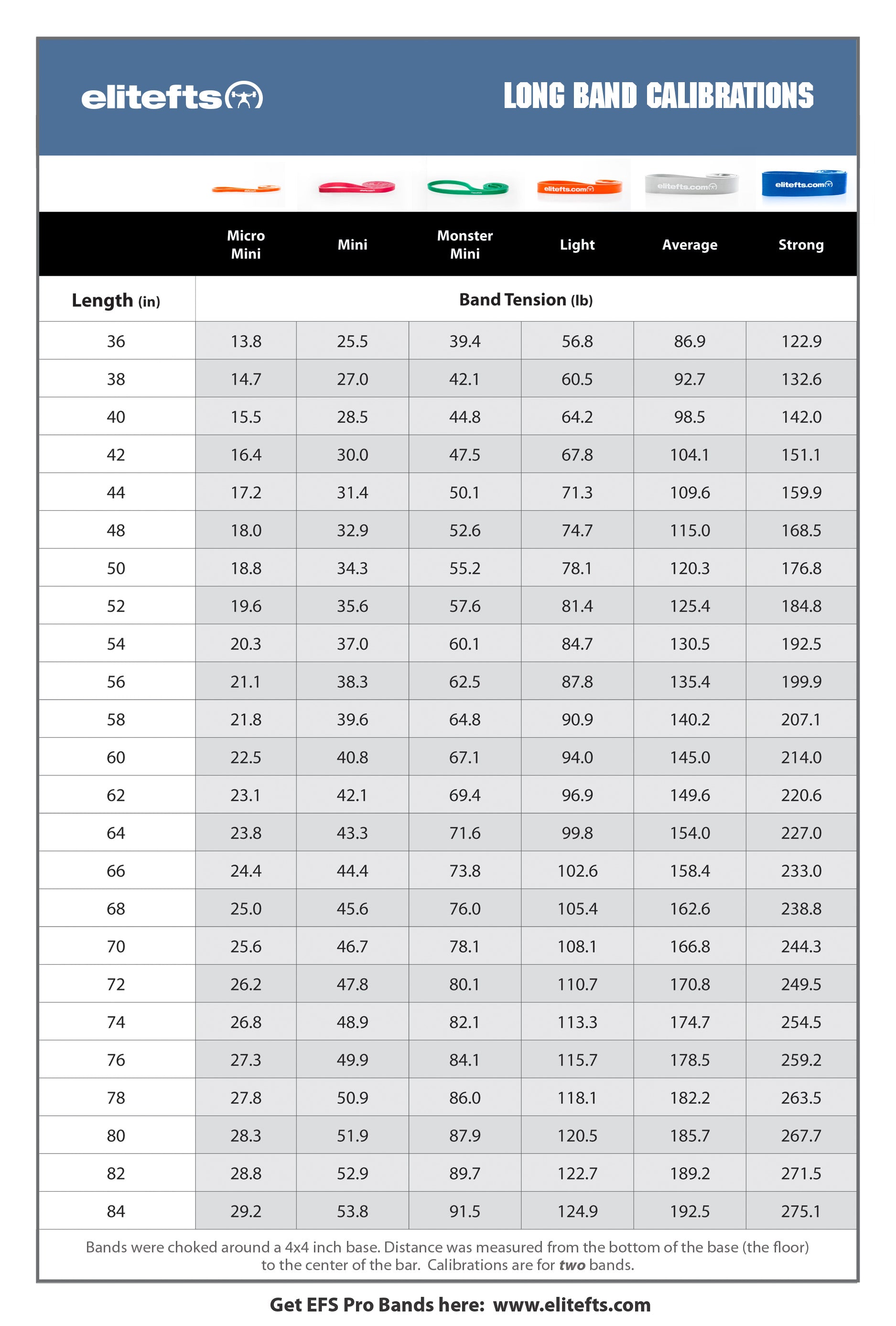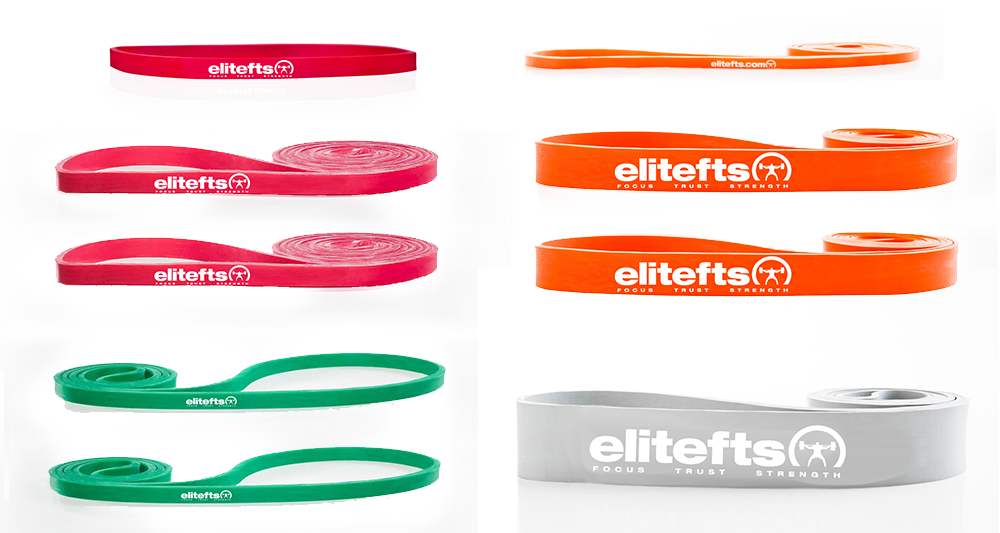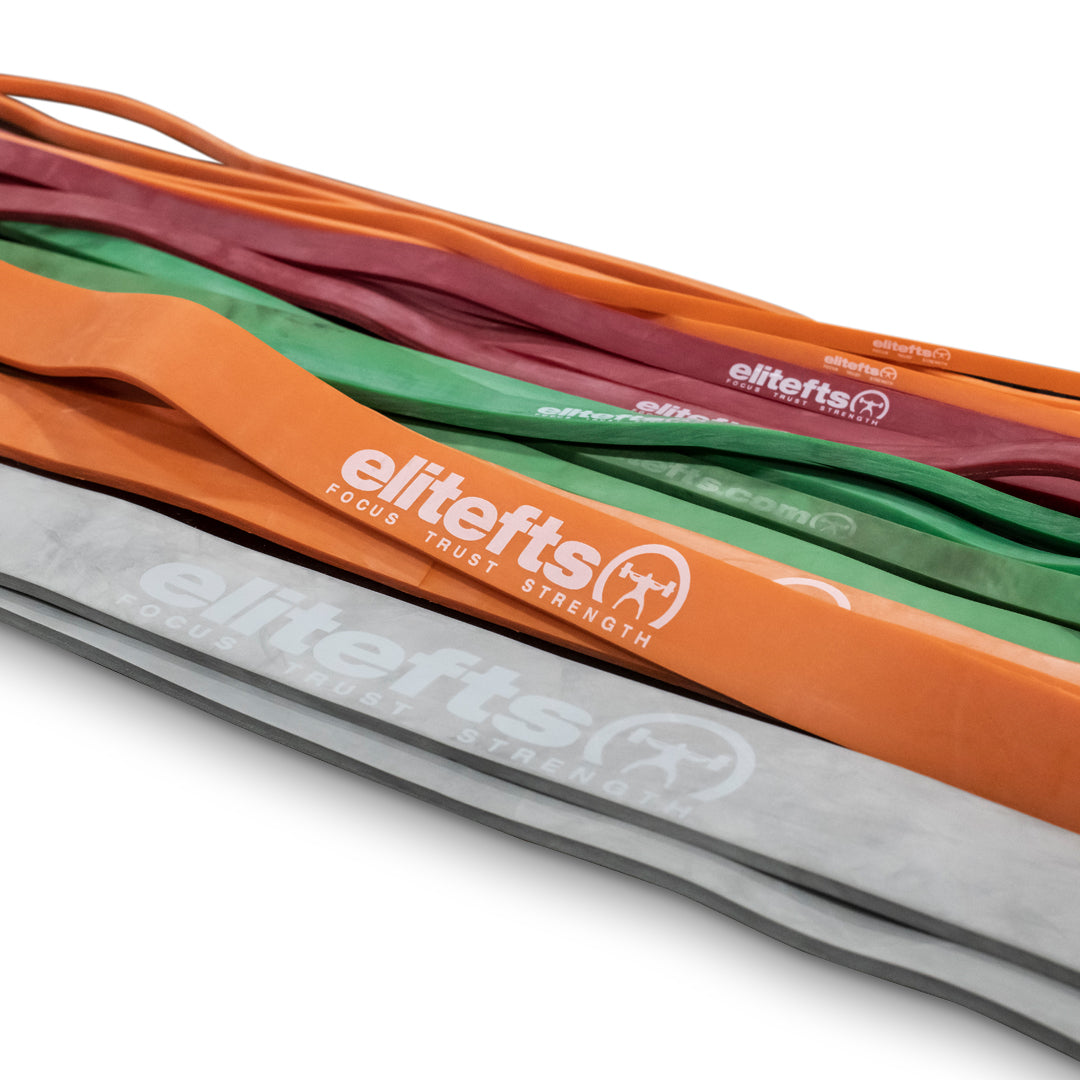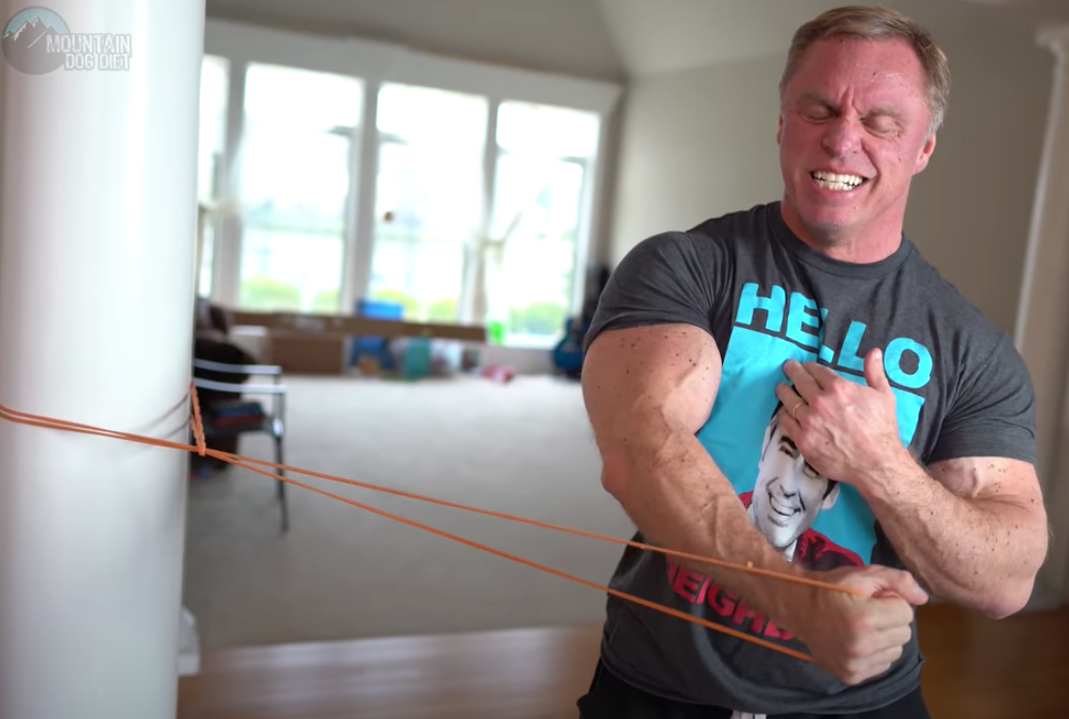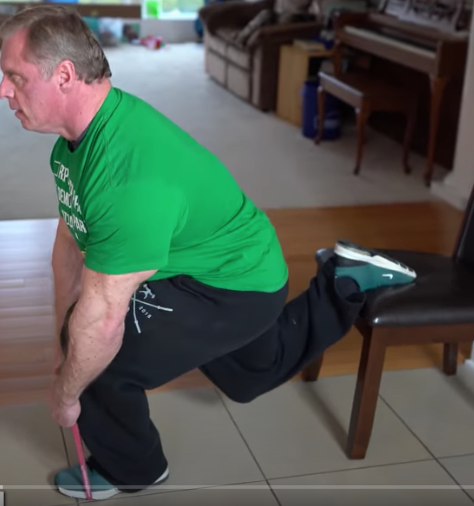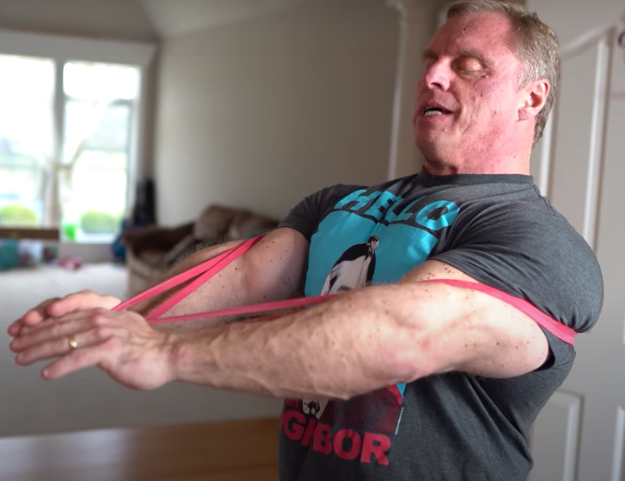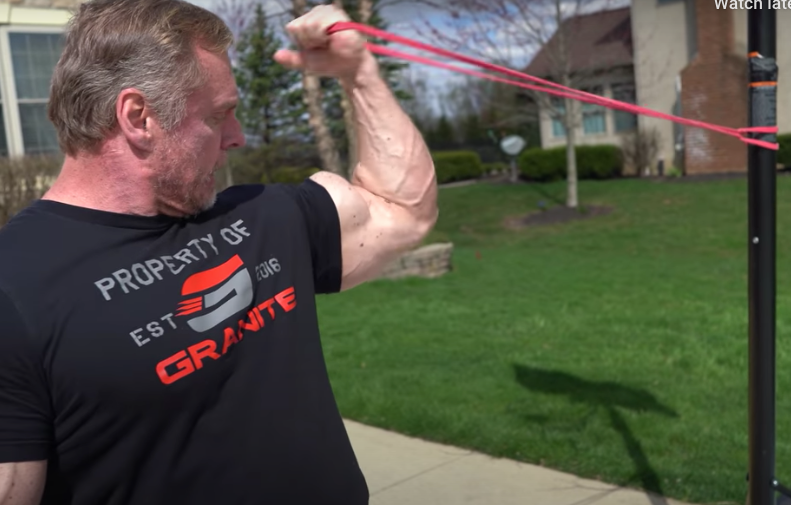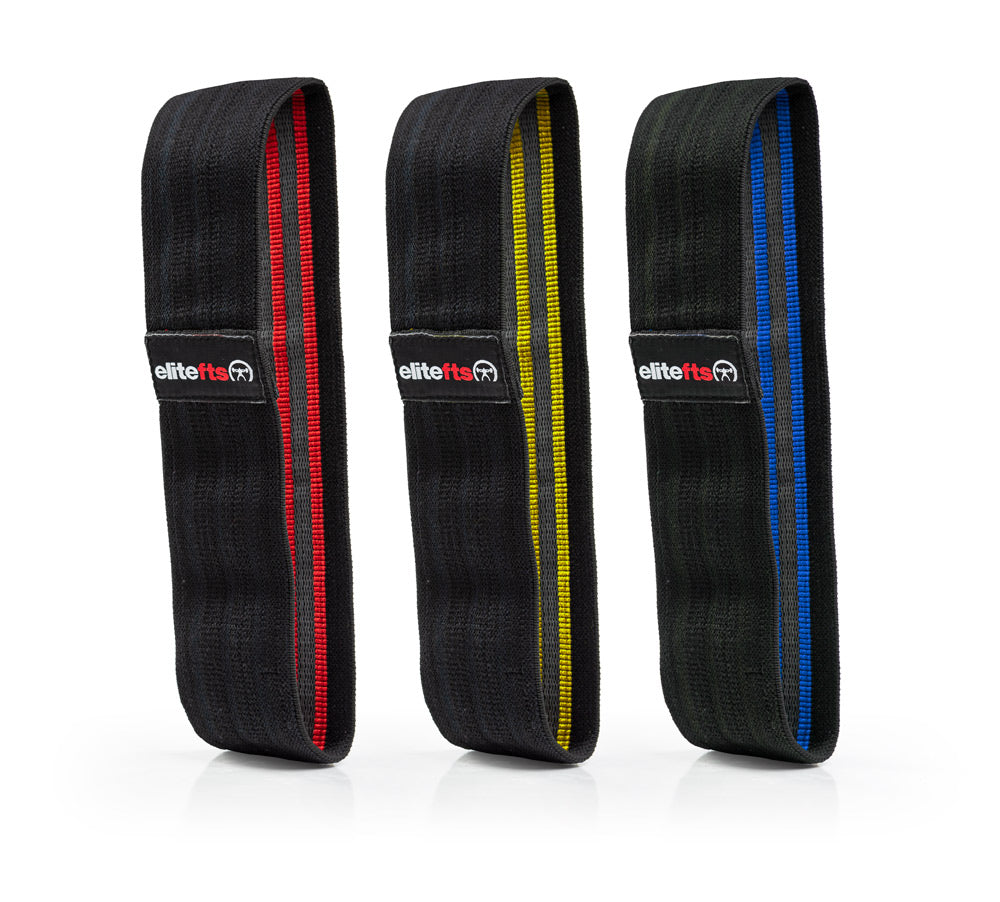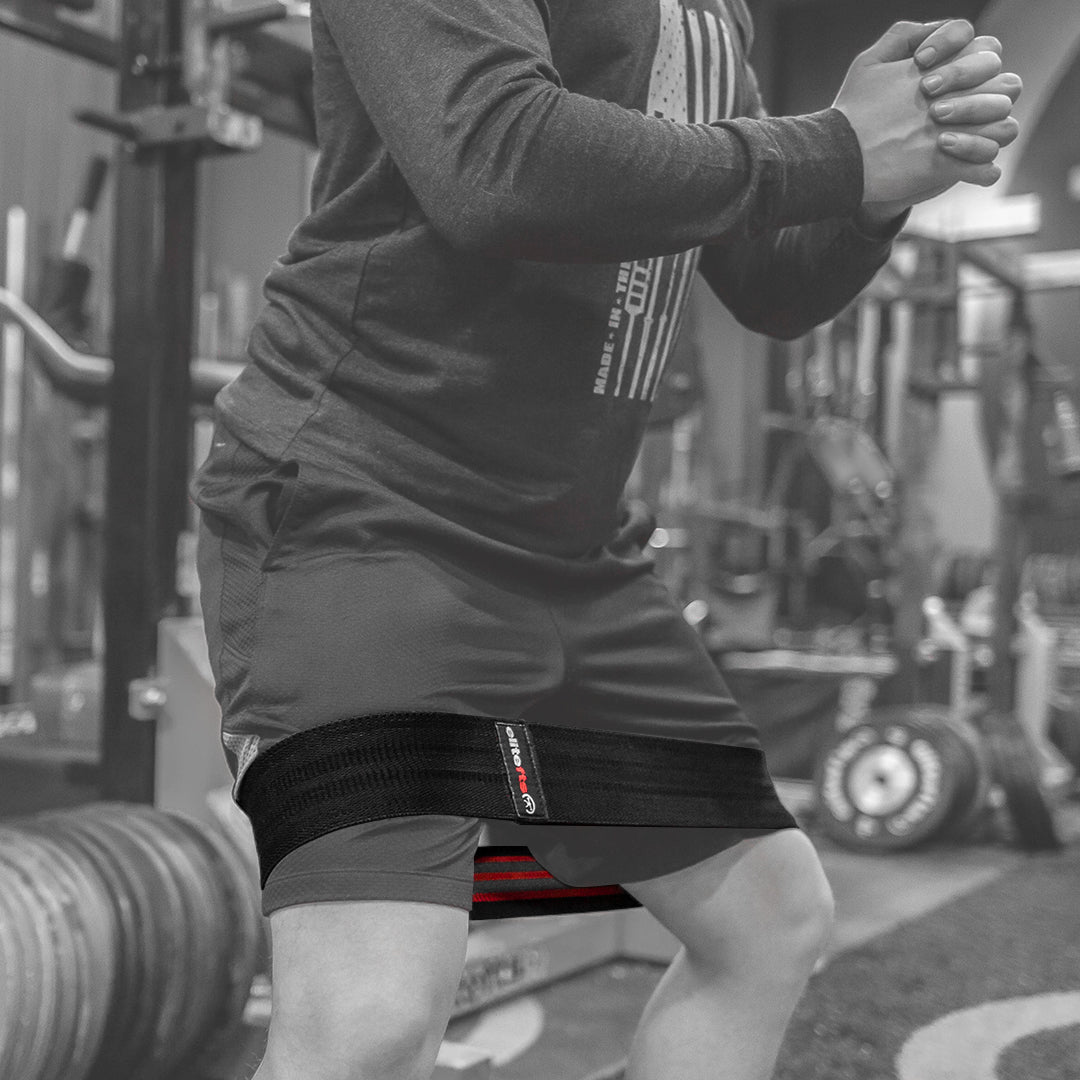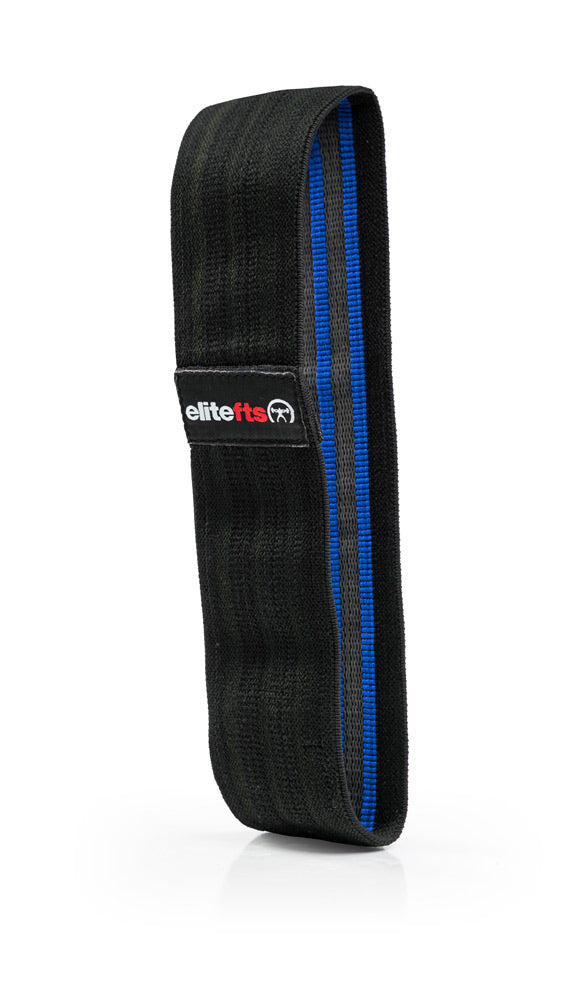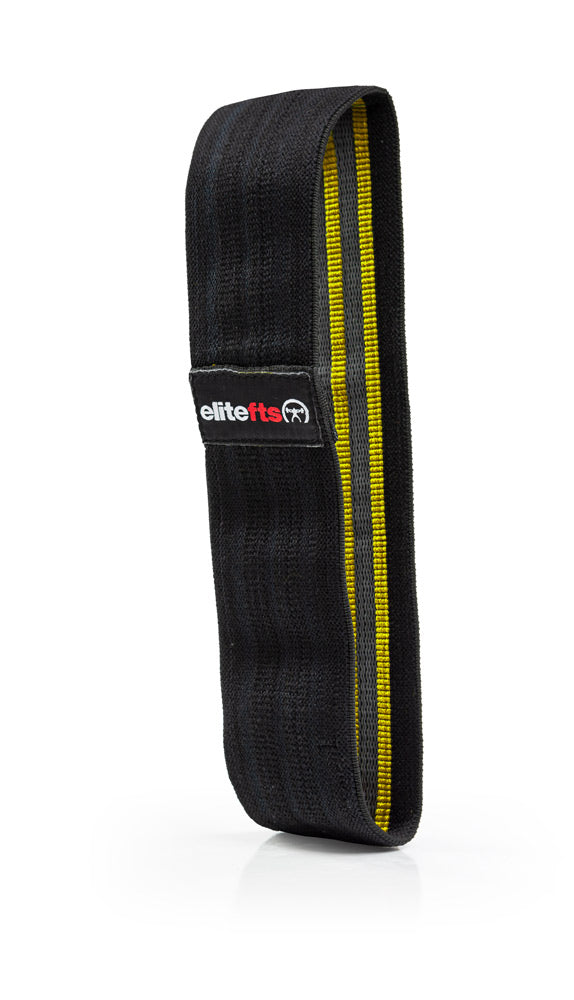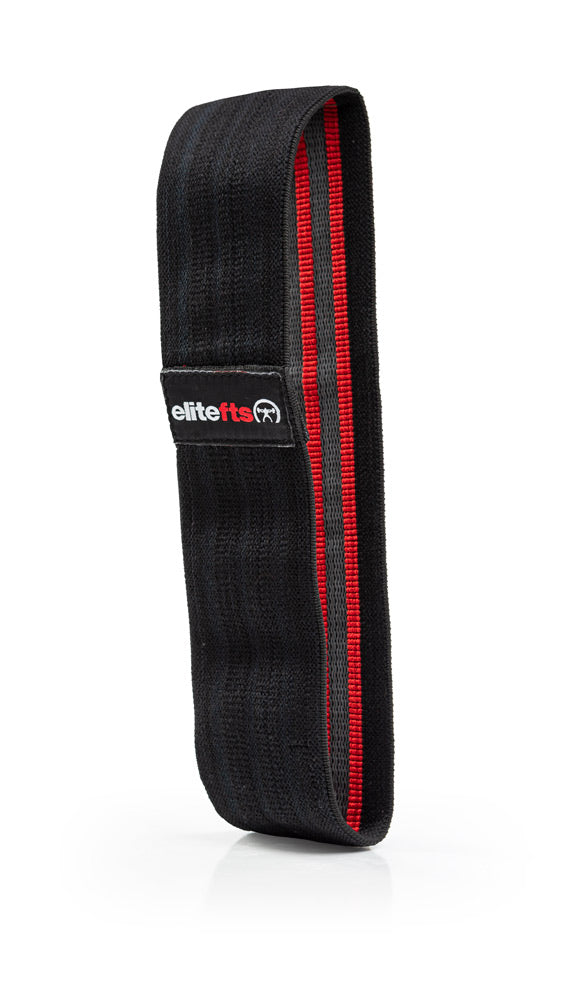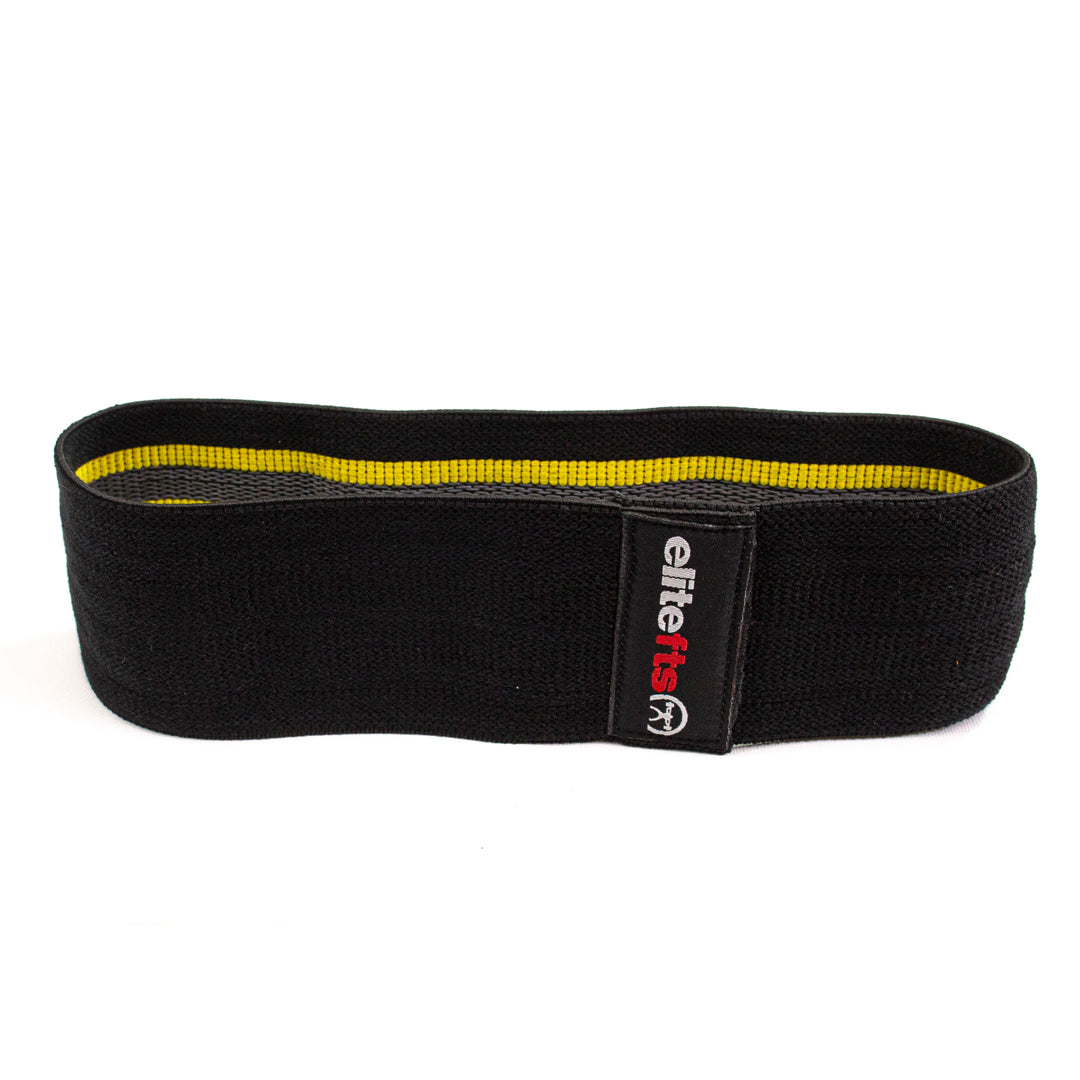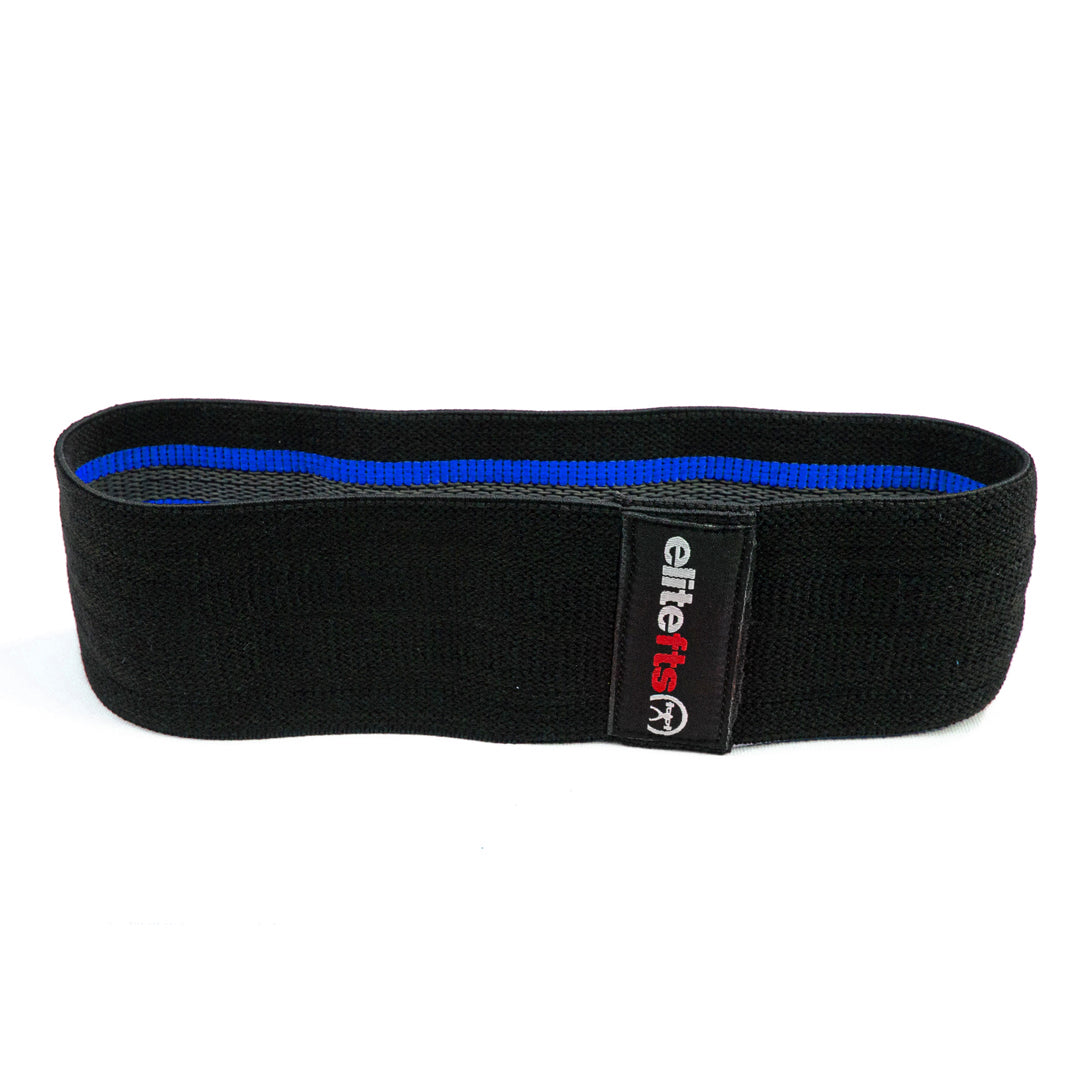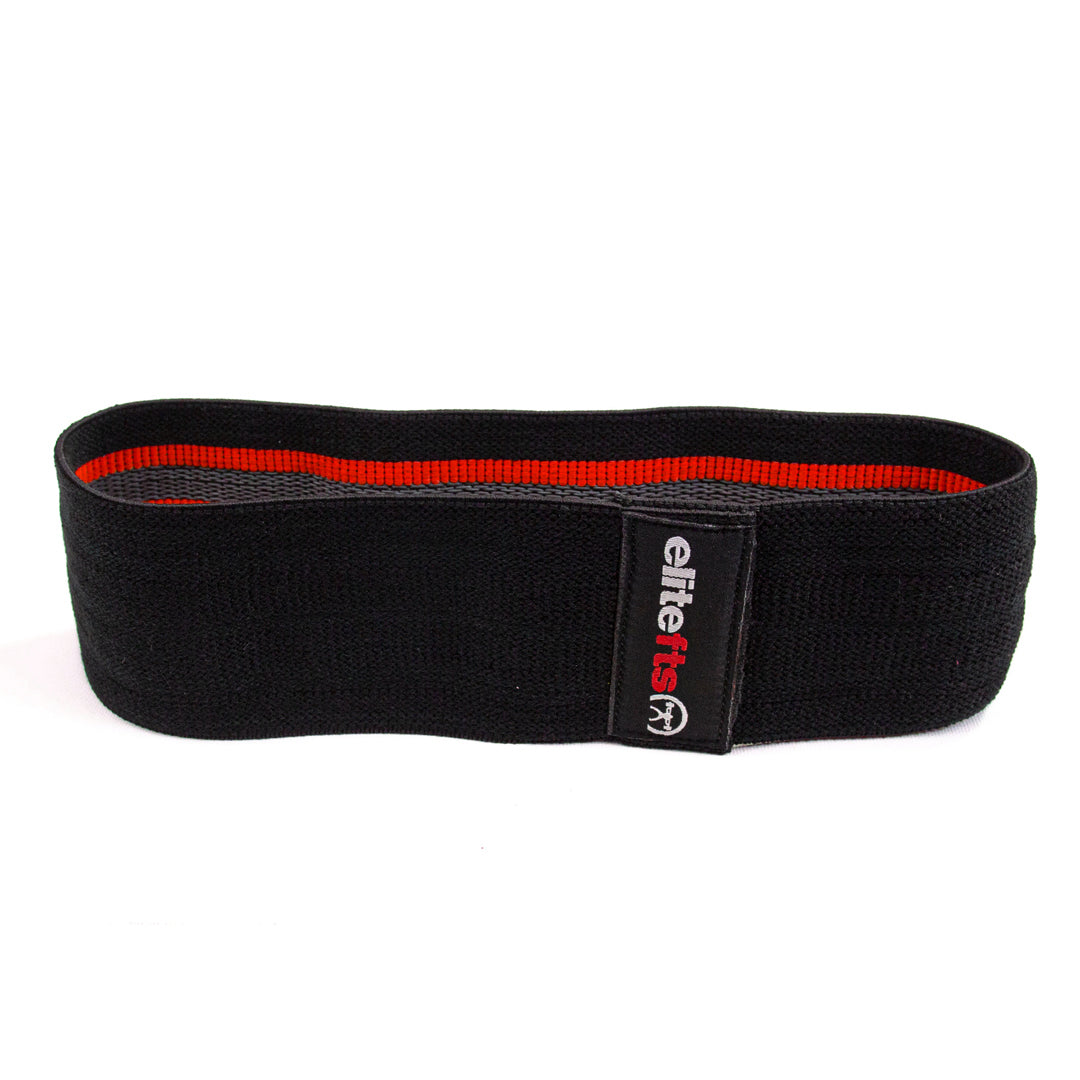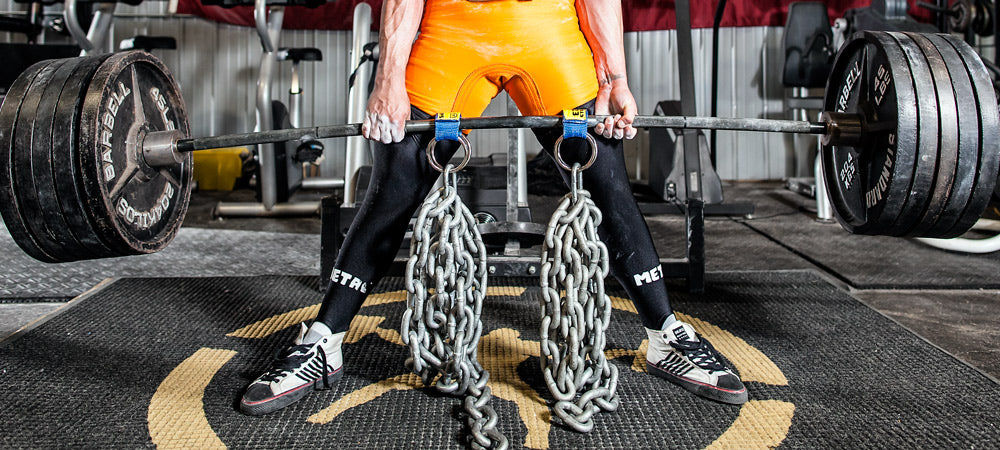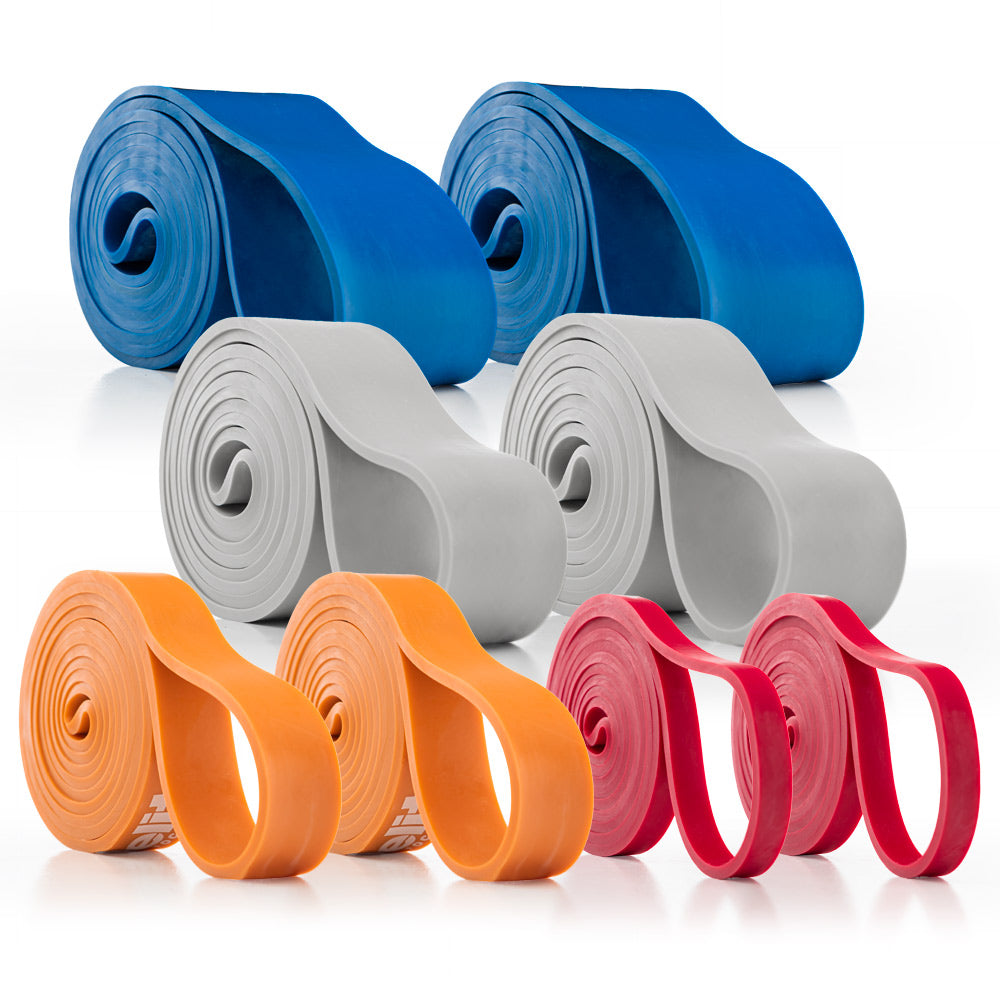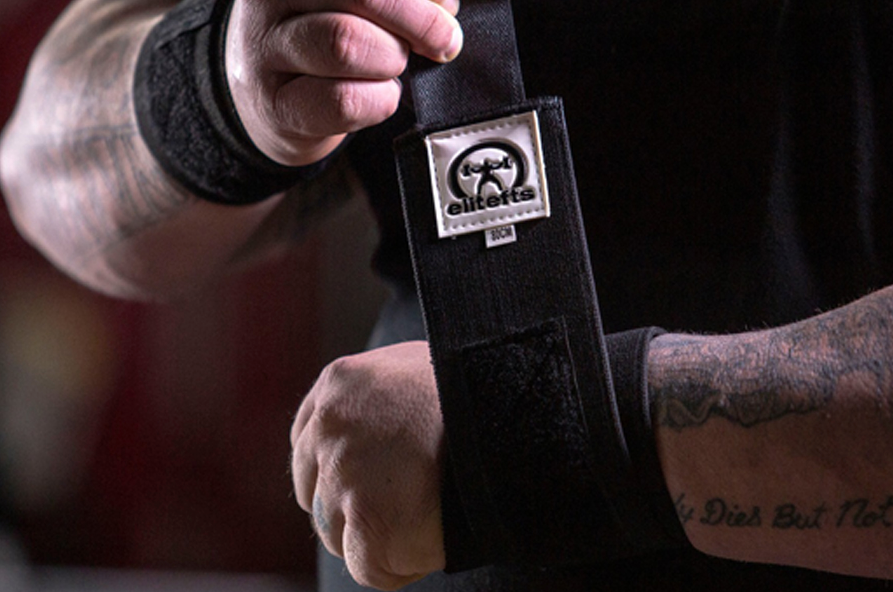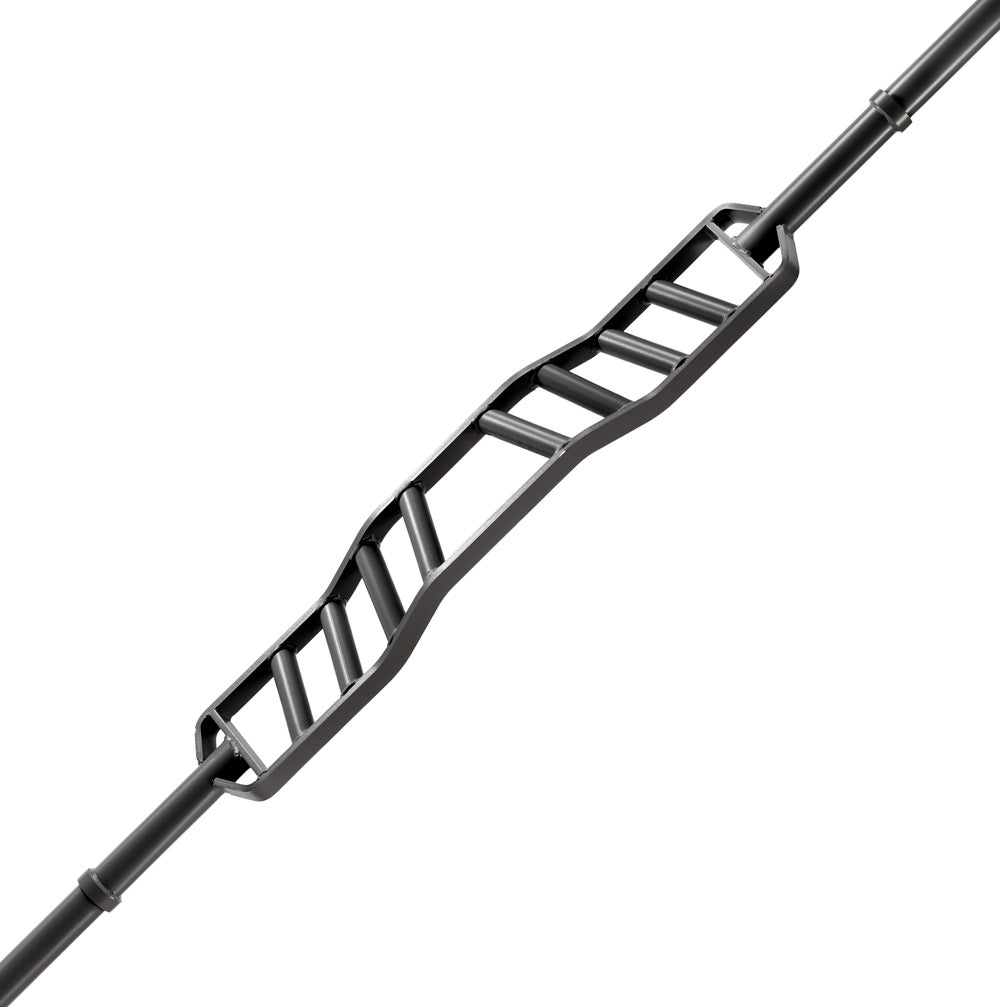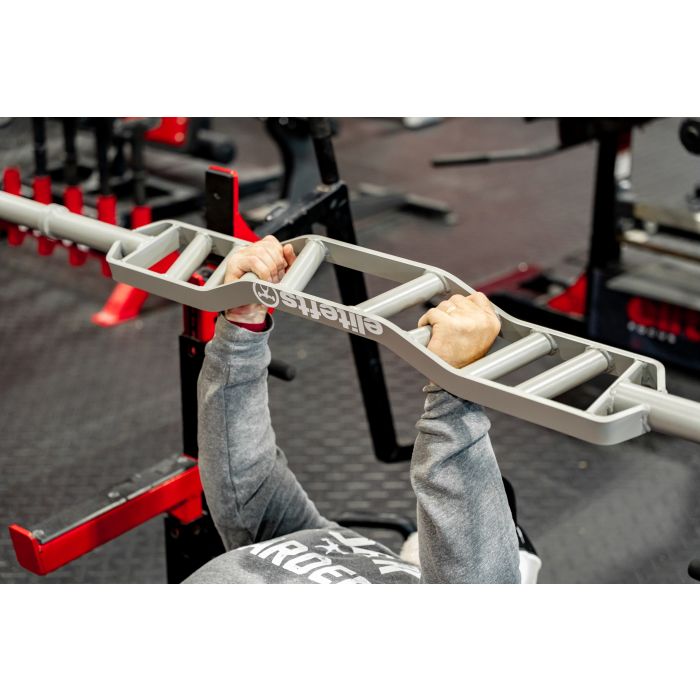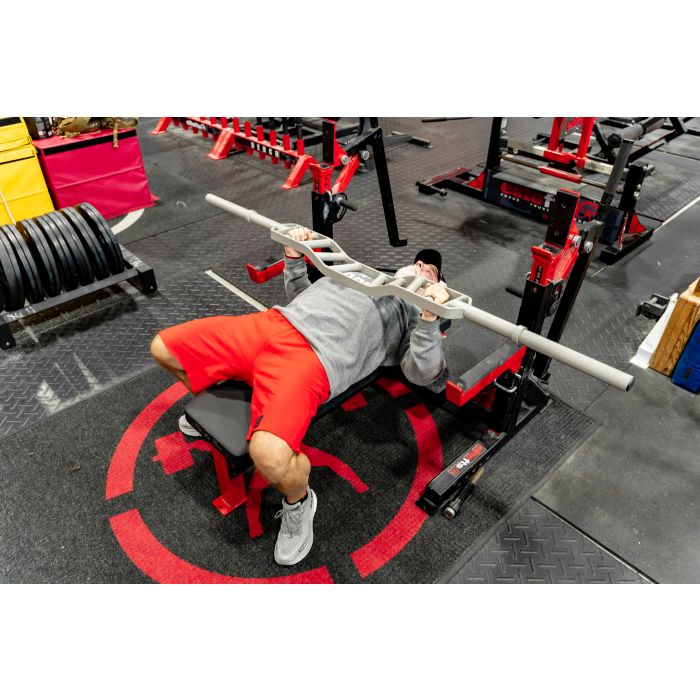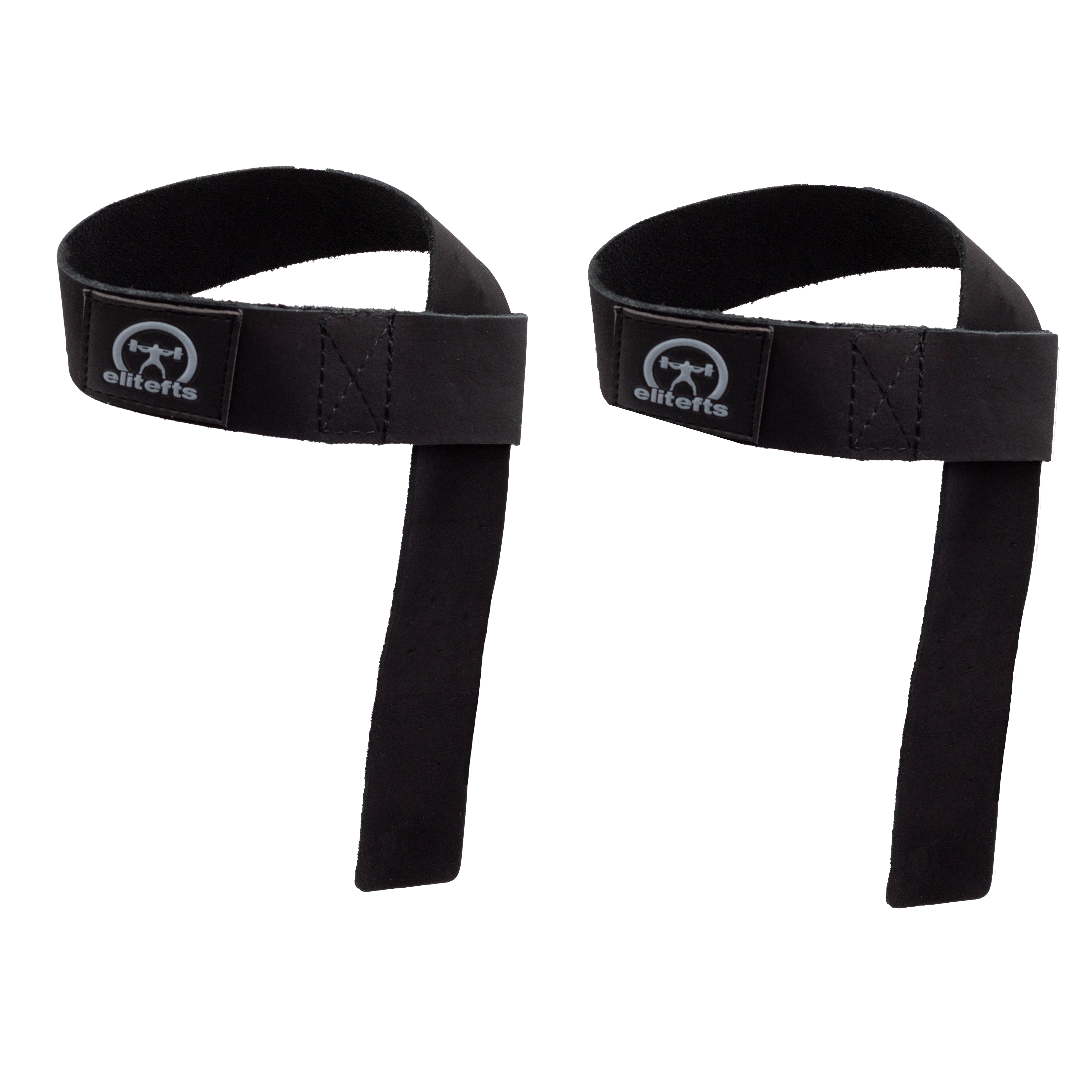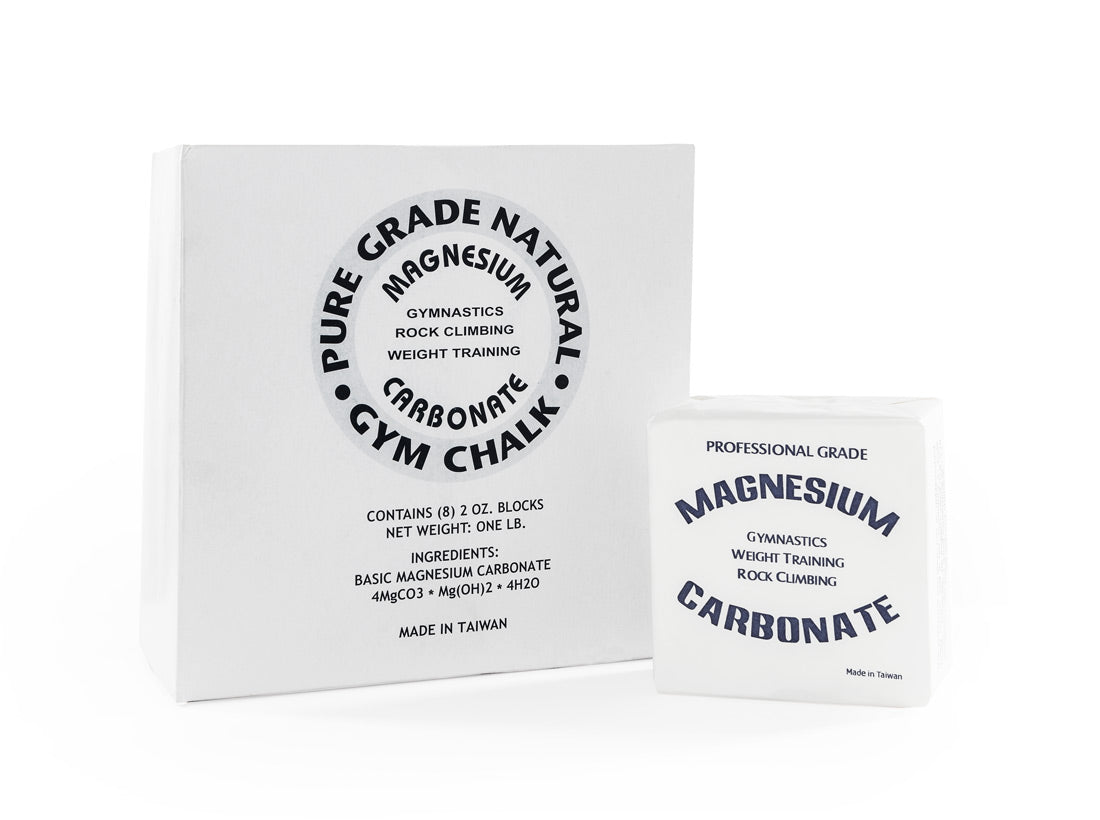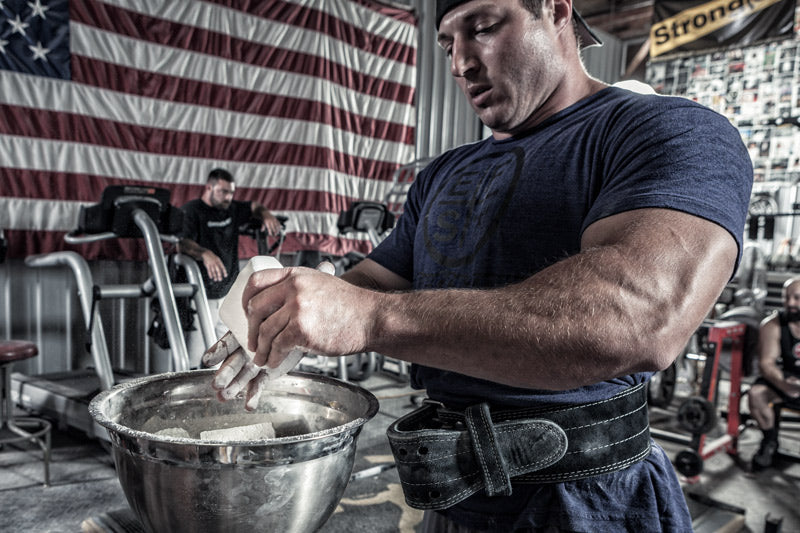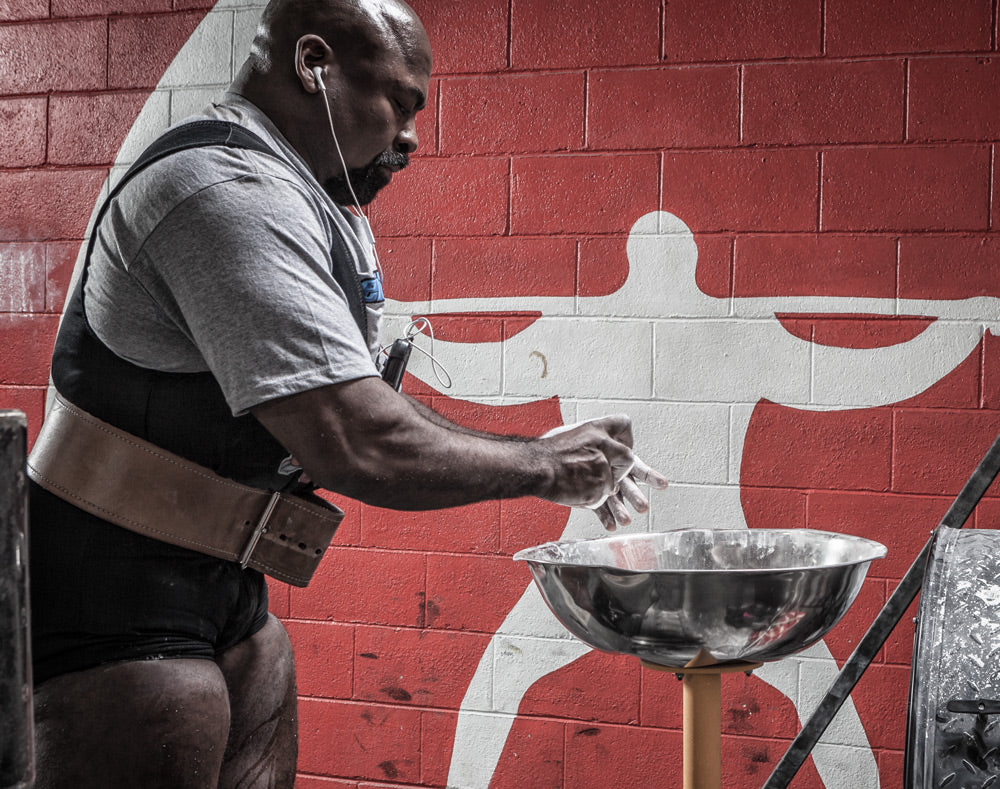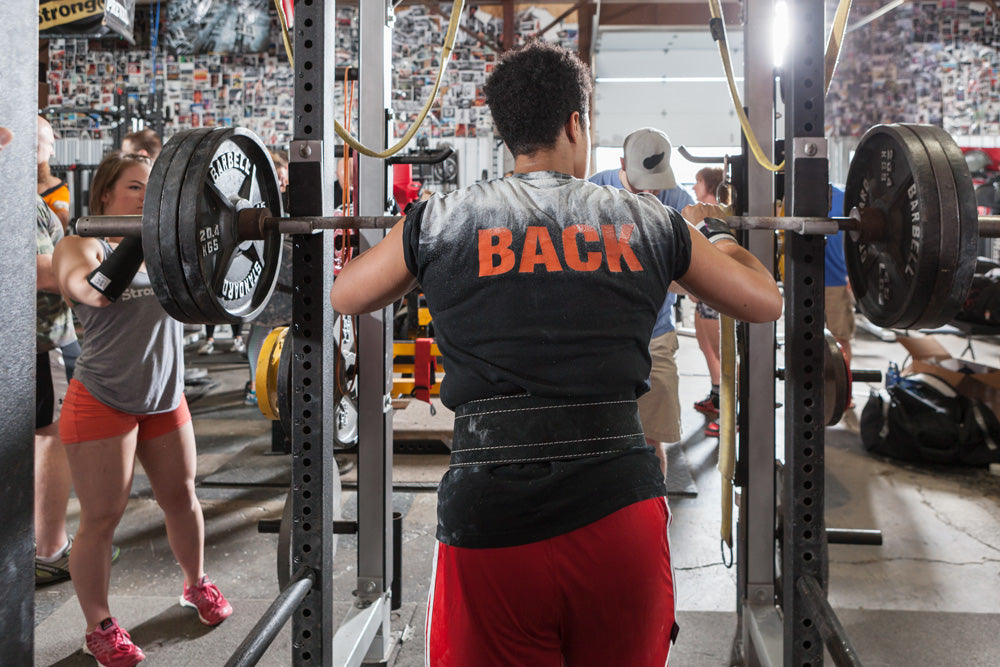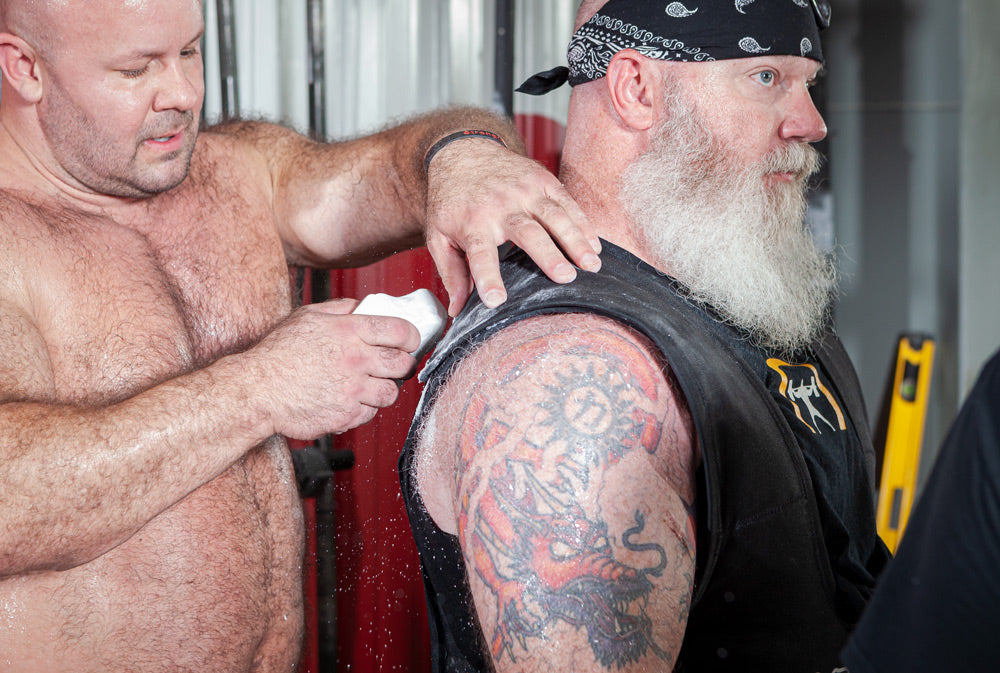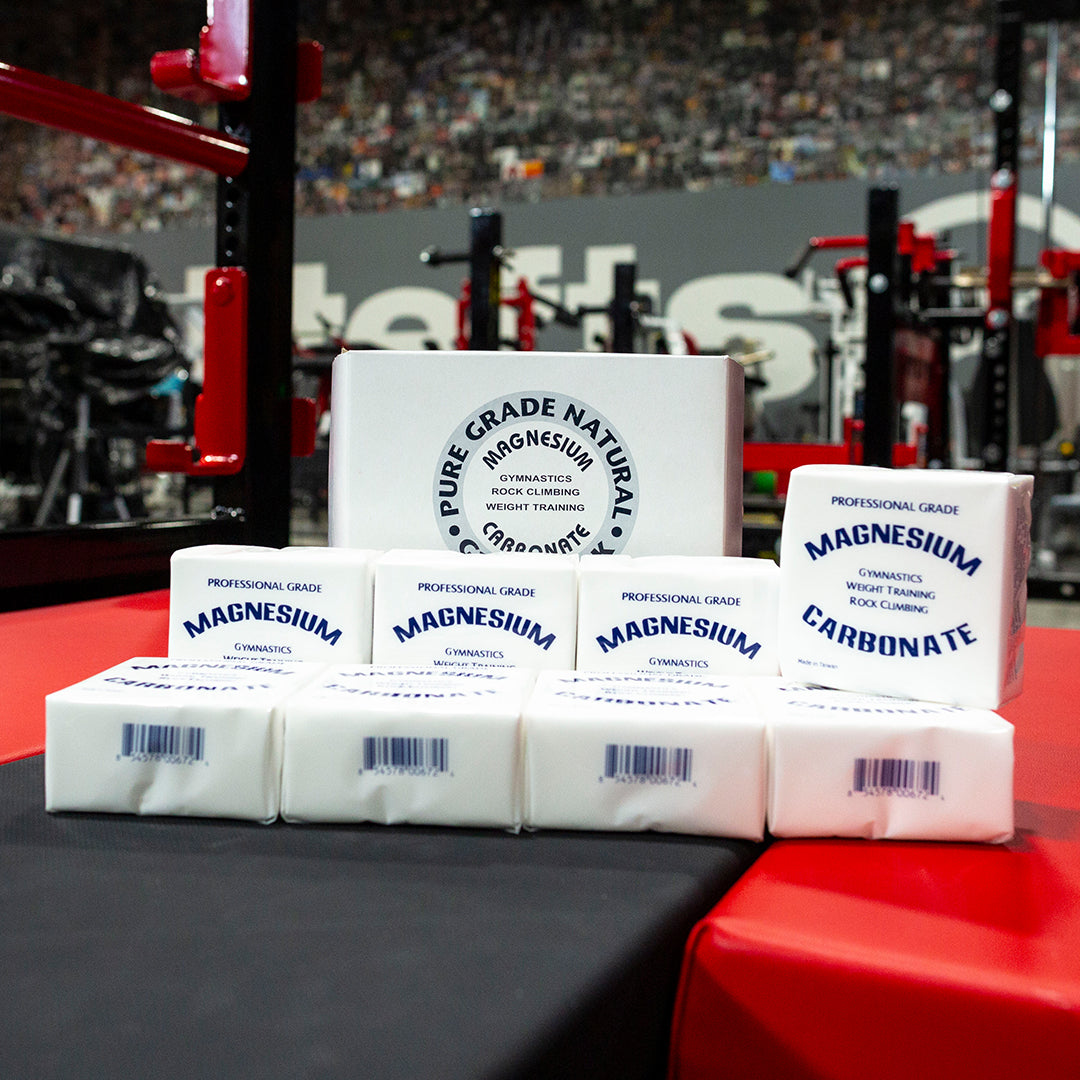Maximizing Fitness Efficiency: Minimal Effective Dose Training for Military Readiness
In 2015, after passing RASP and being assigned to the 1st Battalion, 75th Ranger Regiment, I experienced my first Multi-Lateral Airborne Training (MLAT). This extensive exercise marks the beginning of a deployment train-up, lasting two weeks with a reverse sleep cycle and minimal time for physical training (PT). During MLAT, I observed an organization that prioritized physical fitness shift its focus entirely to mission training. As my first Ranger training cycle continued, PT sessions came and went depending on mission requirements, yet the high physical fitness standards remained non-negotiable. Despite inconsistent PT, we were expected to maintain, if not exceed, our pre-training fitness levels by the end of the months-long training period. During this period, I contemplated minimal practical dose training: What is the least amount of exercise necessary to maintain muscle mass, VO2 max, and strength?
For decades, the exercise science community has been investigating the minimum effective dose of exercise required to induce improvements in strength, muscle mass, and VO2 max. Bodybuilders, dating back to Mike Mentzer in the 1970s, have utilized high-intensity training (HIT) methods to stimulate muscle growth with minimal sets. In the 1980s, studies investigated how running at varying intensities and durations affects VO2 max (Bhambhani and Singh). Given the military's operational tempo (OPTEMPO), it is surprising that minimal practical dose training has not gained more traction. With soldiers increasingly limited by time for PT, adapting training to maintain or improve fitness with minimal time should now be seen as essential. Through its Holistic Health and Fitness (H2F) program, the Army is well-positioned to expose soldiers to this efficient training model.
To coaches, tactical minimal practical dose training should evoke the principles of in-season training for sports. During the season, the primary focus is on the sport, with strength and conditioning sessions designed to maintain adaptations and enhance performance. These sessions become more concise, prioritizing essential aspects to minimize fatigue accumulation. Similarly, in the tactical setting, during periods of intensive military training, the emphasis on physical training should shift to maintaining fitness adaptations without contributing to excessive fatigue.
A review of recent research into minimal effective dose training highlights compelling evidence that long, grueling workouts are not required to improve physical fitness, particularly strength gains. Dr. Patroklos Androulakis-Korakakis (Dr. Pak) found that powerlifters can increase their one-repetition maximum (1RM) strength by performing as few as three to six working sets per week, with one to five repetitions per set, across one to three sessions per week. This can be done at high intensity (above 80% of 1RM, 7.5-9 on the Rating of Perceived Exertion, or RPE), effectively stimulating strength gains. While soldiers are not powerlifters, a few sets of high-intensity work can still lead to strength improvements. A concept mirroring in-season strength training programs like those described by Johnny Parker in The System: Soviet Periodization Adapted for the American Strength Coach.
Pelland and colleagues, in a recent meta-analysis, reinforced this idea by showing that while moderate weekly volumes of 10-20 sets per muscle group are optimal for muscle growth and strength, as few as four sets can stimulate hypertrophy, and one set can suffice for strength, especially when combined with higher intensity. These findings support the notion that minimal effective volume, around three to six sets per muscle group, can be sufficient for strength and hypertrophy (Schoenfeld et al.).
When it comes to cardiovascular capacity, maintaining or improving VO2 max with minimal time is a priority. If soldiers cannot reach their objectives and perform at a high level, all the tactical training in the world becomes irrelevant. Studies have demonstrated that high-intensity interval training (HIIT) and sprint interval training (SIT) are effective at improving VO2 max in as little as two weeks (de Oliveira-Nunes et al.). HIIT involves intermittent bursts of vigorous activity between the first and second ventilatory thresholds (VT1 and VT2), or 85%-95% of peak heart rate, interspersed with rest periods. This means training faster than the soldiers' 2-mile Army Combat Fitness Test (ACFT) pace but not a sprint. SIT, in contrast, consists of all-out, high-intensity sprints above VO2 peak, followed by extended rest periods (Ito, Shigenori). HIIT and SIT training are difficult and fit with the intense training many soldiers prefer. A standard HIIT protocol is the Norwegian 4x4: four minutes of running followed by three minutes of walking, repeated four times, for less than 30 minutes of total training. SIT is even more demanding, involving four to six repetitions of ~30-second sprints with three to four minutes of complete recovery rest, totaling under 30 minutes.
Wrapping everything up, long, grueling training sessions are unnecessary to maintain or improve fitness. The literature emphasizes consistency and intensity as two crucial factors in achieving progress with minimal effective dose training. This approach can be structured into a simple, time-efficient weekly training plan. Below is an example of a two-day-per-week template, with each session lasting no more than 45 minutes. This approach is feasible even with the busiest OPTEMPO:
Day 1:
A) Back Squat: 3 sets of 3-5 reps at RPE 8-9
B) Bench Press: 3 sets of 3-5 reps at RPE 8-9
C) Pull-ups: 3 sets of 3-5 reps at RPE 8-9 (add weight as needed)
D) SIT: 4 sets of 20-second sprints with 3-minute recovery
Day 2:
A) Deadlift: 3 sets of 3-5 reps at RPE 8-9
B) Bent-over Row: 3 sets of 5-8 reps at RPE 8-9
C) Overhead Press: 3 sets of 5-8 reps at RPE 8-9
D) HIIT: 4 sets of 2 minutes fast / 2 minutes walk
This is not intended to be the only approach to training, and if done long-term, it will undoubtedly plateau, but it serves as a template for making progress under time constraints. By applying these principles during limited PT sessions, soldiers can maintain a high fitness level and stay prepared for the challenges ahead.
By: Mark Christiani CSCS RSCC
Mark.chrsitiani2006@gmail.com
Citations
Androulakis-Korakakis, Patroklos, et al. "The Minimum Effective Training Dose Required for 1RM Strength in Powerlifters." Sports Medicine, vol. 51, no. 2, 2021, pp. 319-331,
https://pubmed.ncbi.nlm.nih.gov/34527944/
Bhambhani, Y., and M. Singh. "The Effects of Three Training Intensities on VO2 Max and VE/VO2 Ratio." Canadian Journal of Applied Physiology, vol. 24, no. 4, 1999, pp. 337-348.
https://pubmed.ncbi.nlm.nih.gov/3924424/
Pelland, J., Remmert, J., Robinson, Z., Hinson, S., Zourdos, M.(2024). The Resistance Training Dose-Response: Meta-Regressions Exploring the Effects of Weekly Volume and Frequency on Muscle Hypertrophy and Strength
https://sportrxiv.org/index.php/server/preprint/view/460/967.
de Oliveira-Nunes, Silas Gabriel, et al. "HIIT vs. SIT: What Is the Better to Improve V˙O2max? A Systematic Review and Meta-Analysis." Sports Medicine, vol. 51, no. 4, 2021, pp. 723-736,
Ito, Shigenori. "High-Intensity Interval Training for Health Benefits and Care of Cardiac Diseases - The Key to an Efficient Exercise Protocol." Frontiers in Cardiovascular Medicine, vol. 7, 2020, article 604418,
https://pmc.ncbi.nlm.nih.gov/articles/PMC6763680/
Iversen, Vegard M., et al. "No Time to Lift? Designing Time-Efficient Training Programs for Strength and Hypertrophy: A Narrative Review." Sports Medicine, vol. 51, no. 10, 2021, pp. 2079-2095,
https://pubmed.ncbi.nlm.nih.gov/34125411/
Krieger, J.W. "Single vs. Multiple Sets of Resistance Exercise for Muscle Hypertrophy: A Meta-Analysis." Journal of Strength and Conditioning Research, vol. 24, no. 4, 2010, pp. 1150-1159.
https://pubmed.ncbi.nlm.nih.gov/20300012/
Schoenfeld, Brad J. "The Mechanisms of Muscle Hypertrophy and Their Application to Resistance Training." Journal of Strength and Conditioning Research, vol. 24, no. 10, 2010, pp. 2857-2872.
https://pubmed.ncbi.nlm.nih.gov/20847704/


